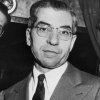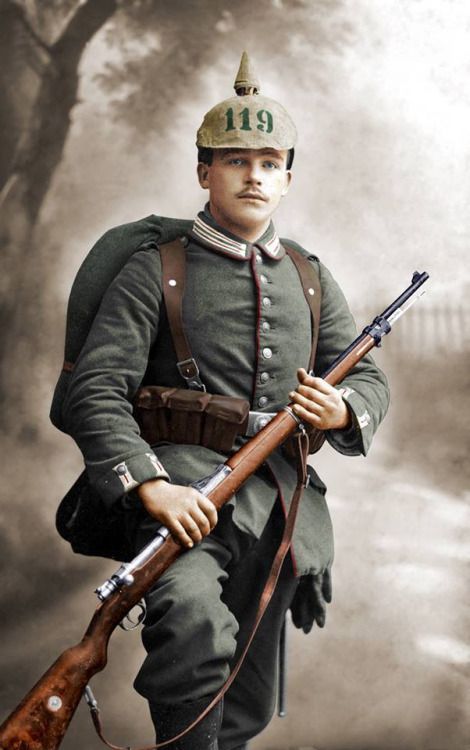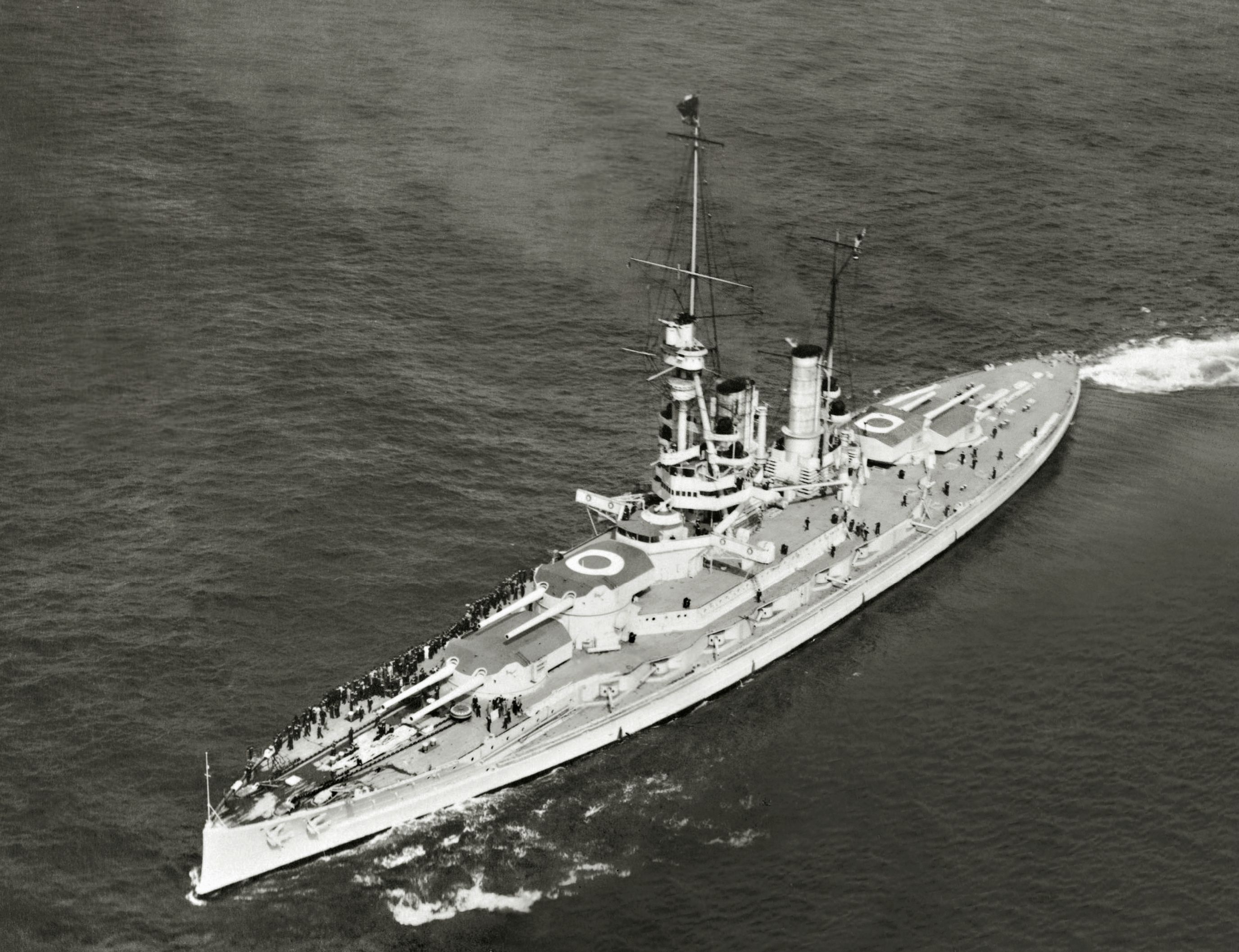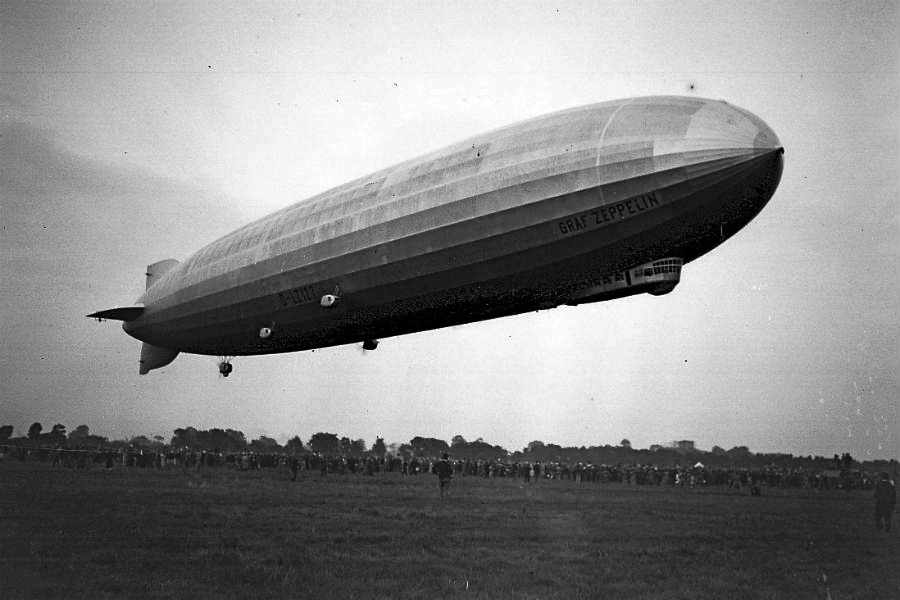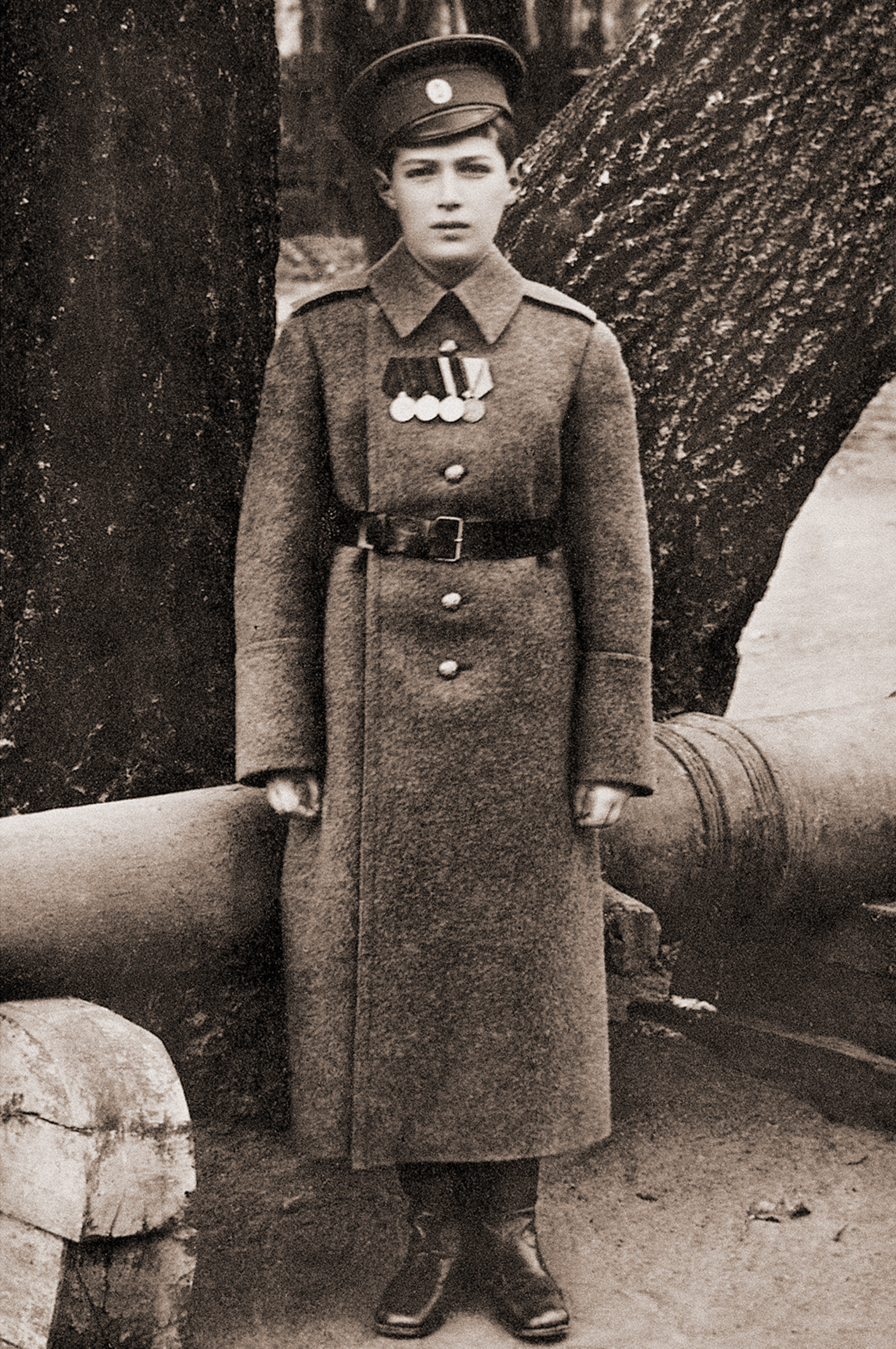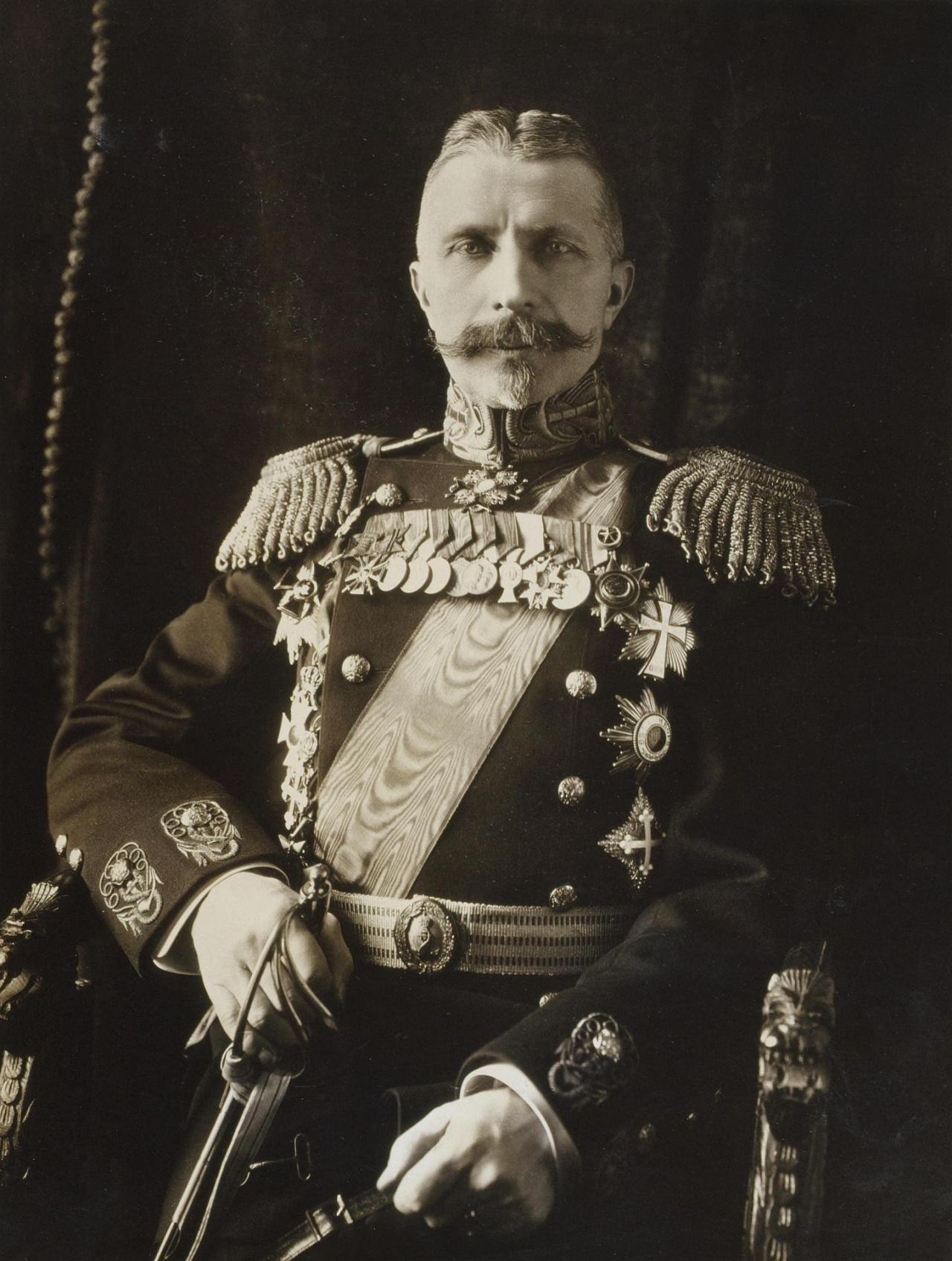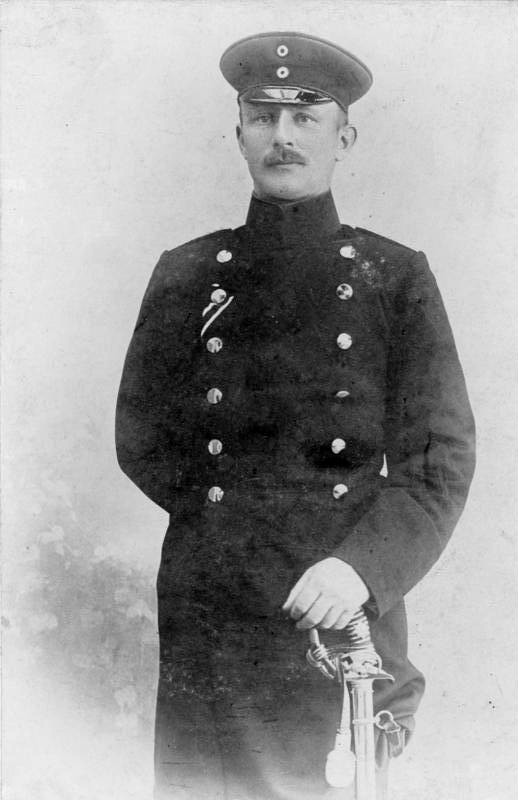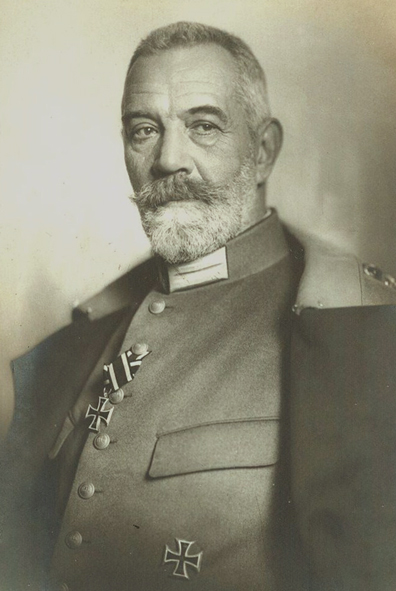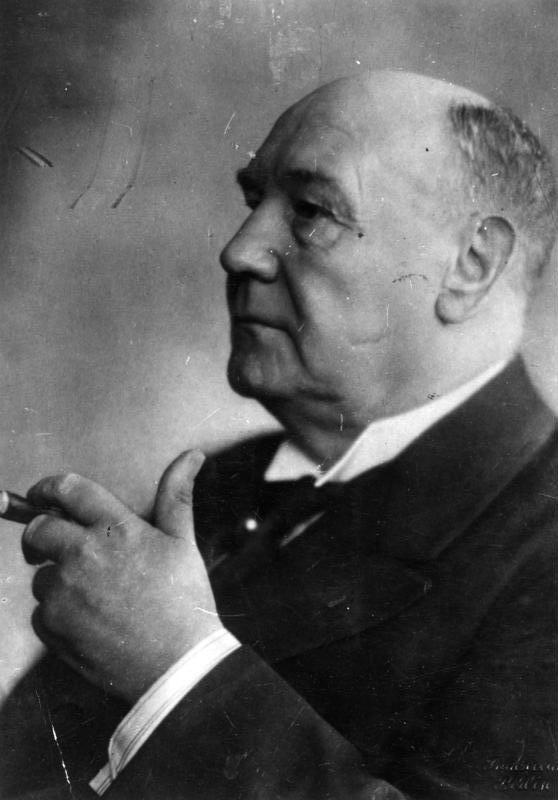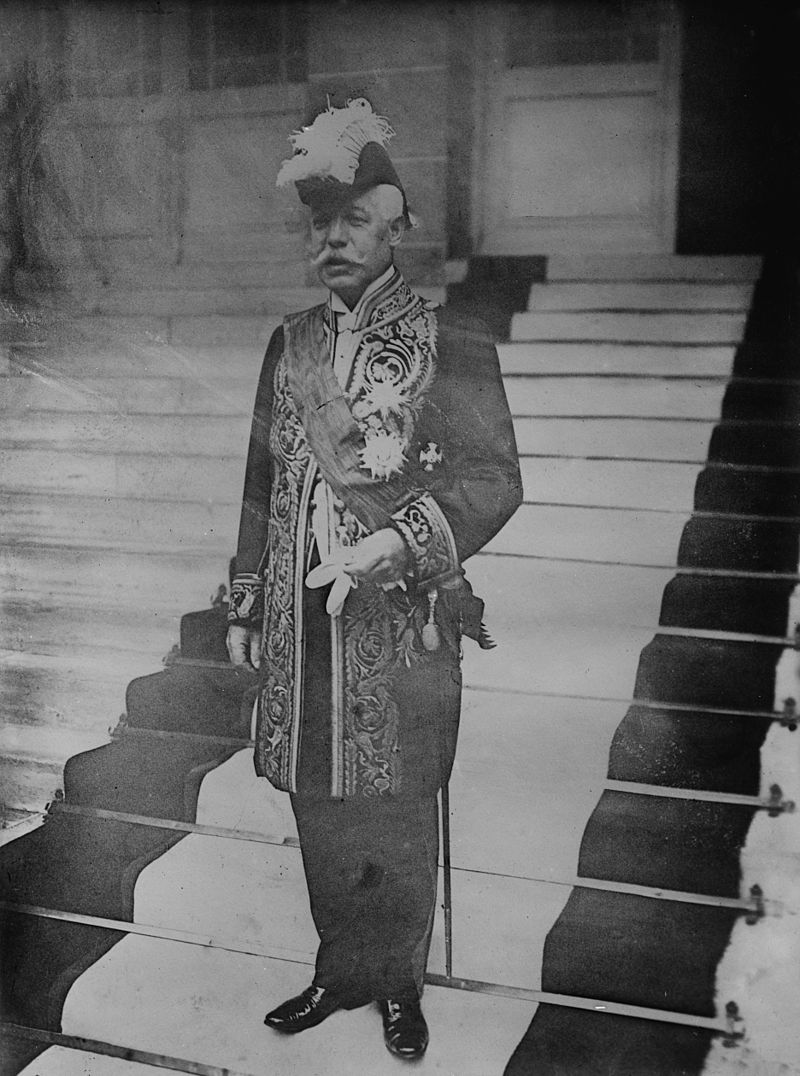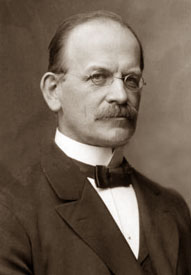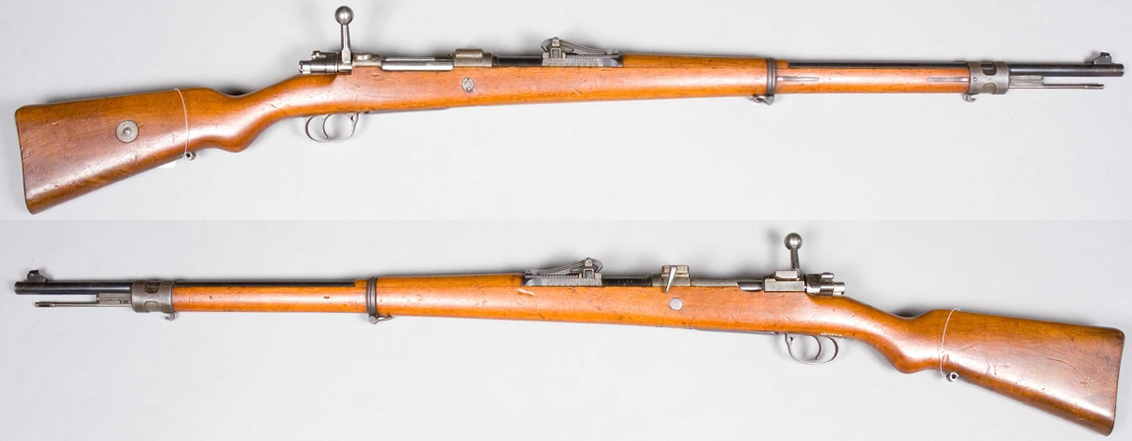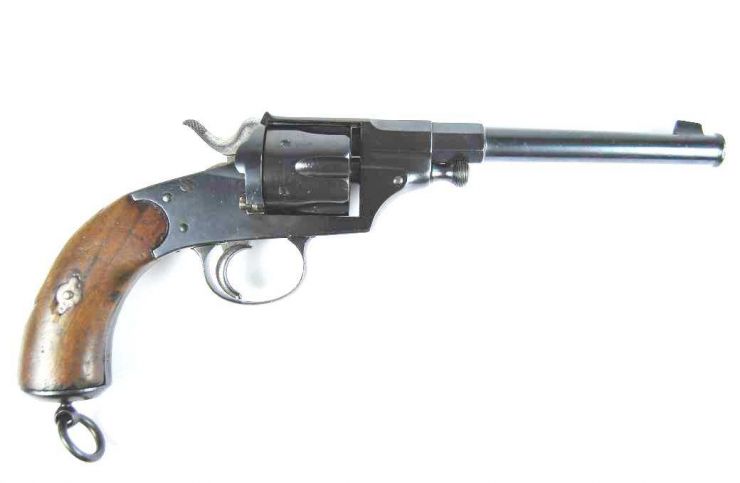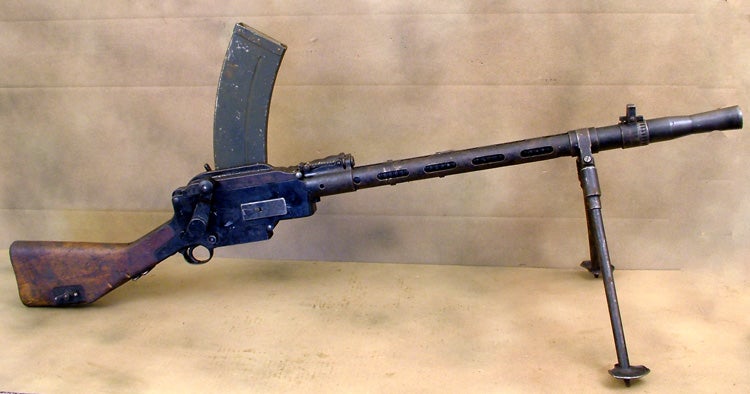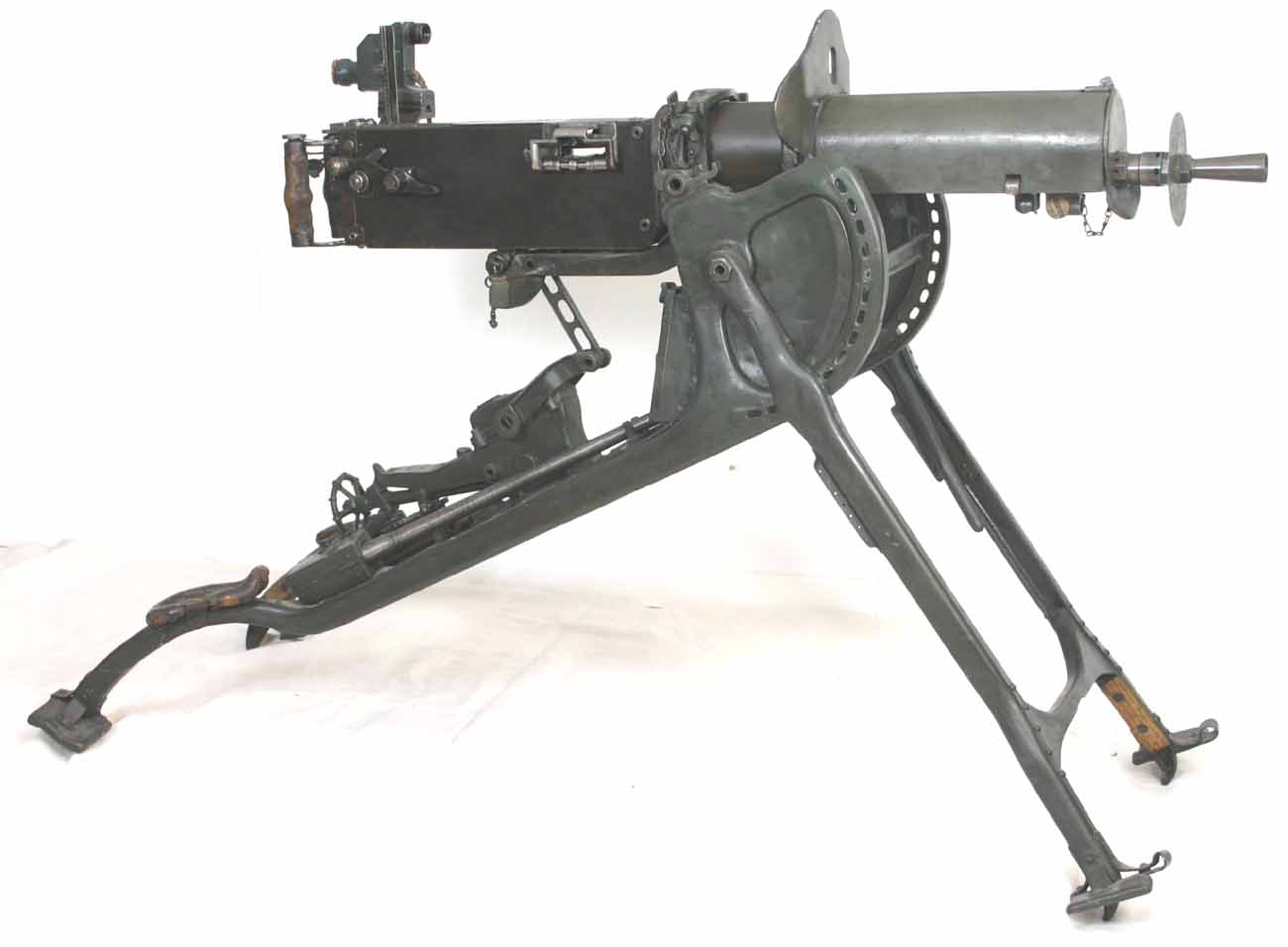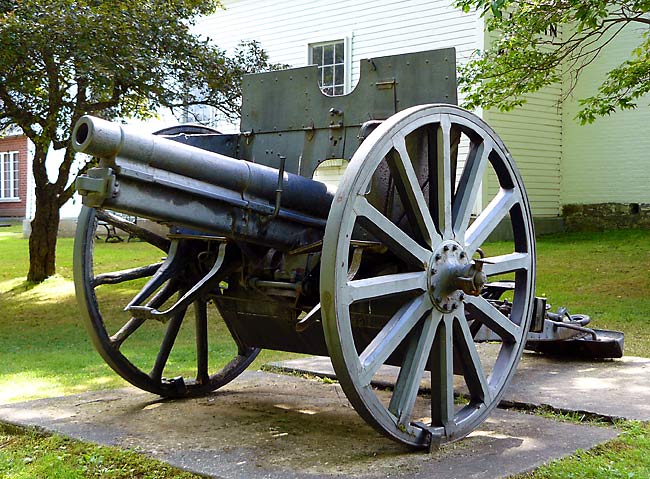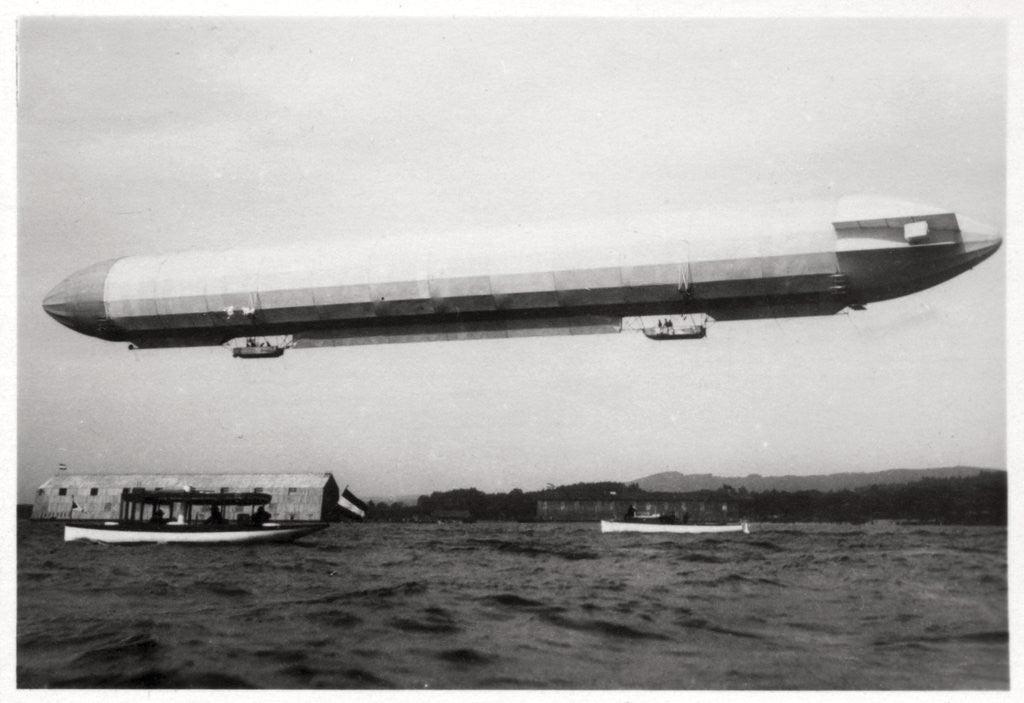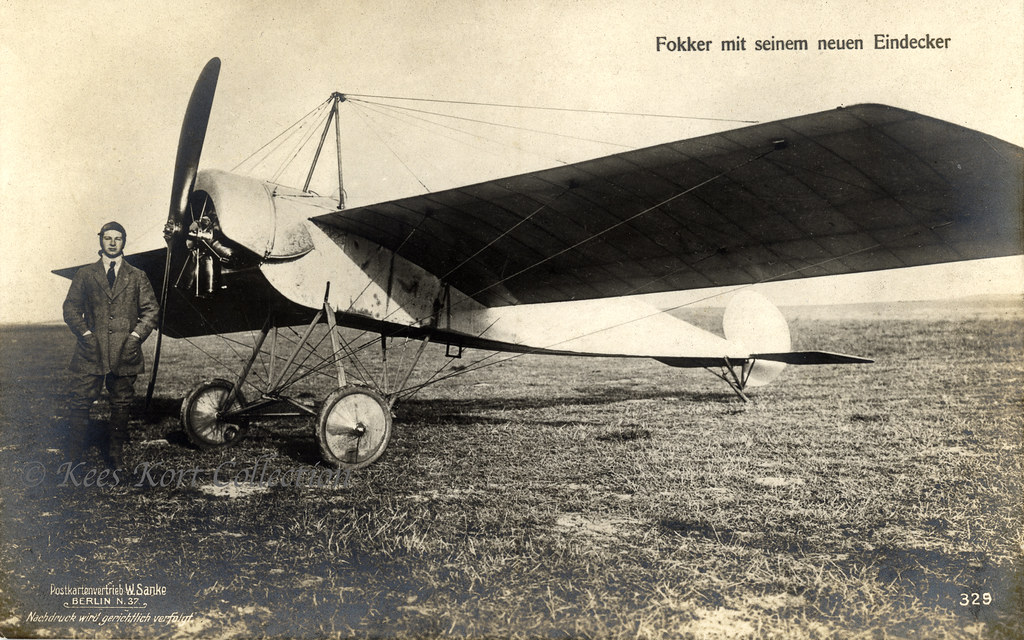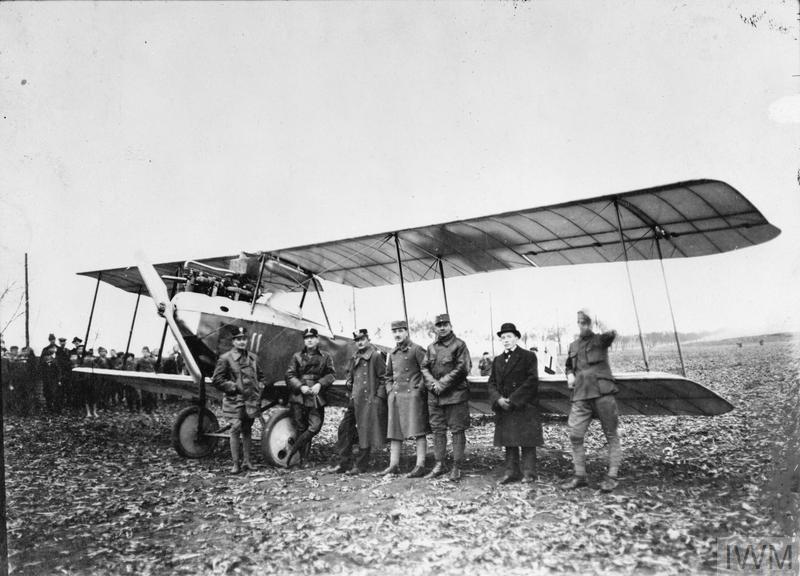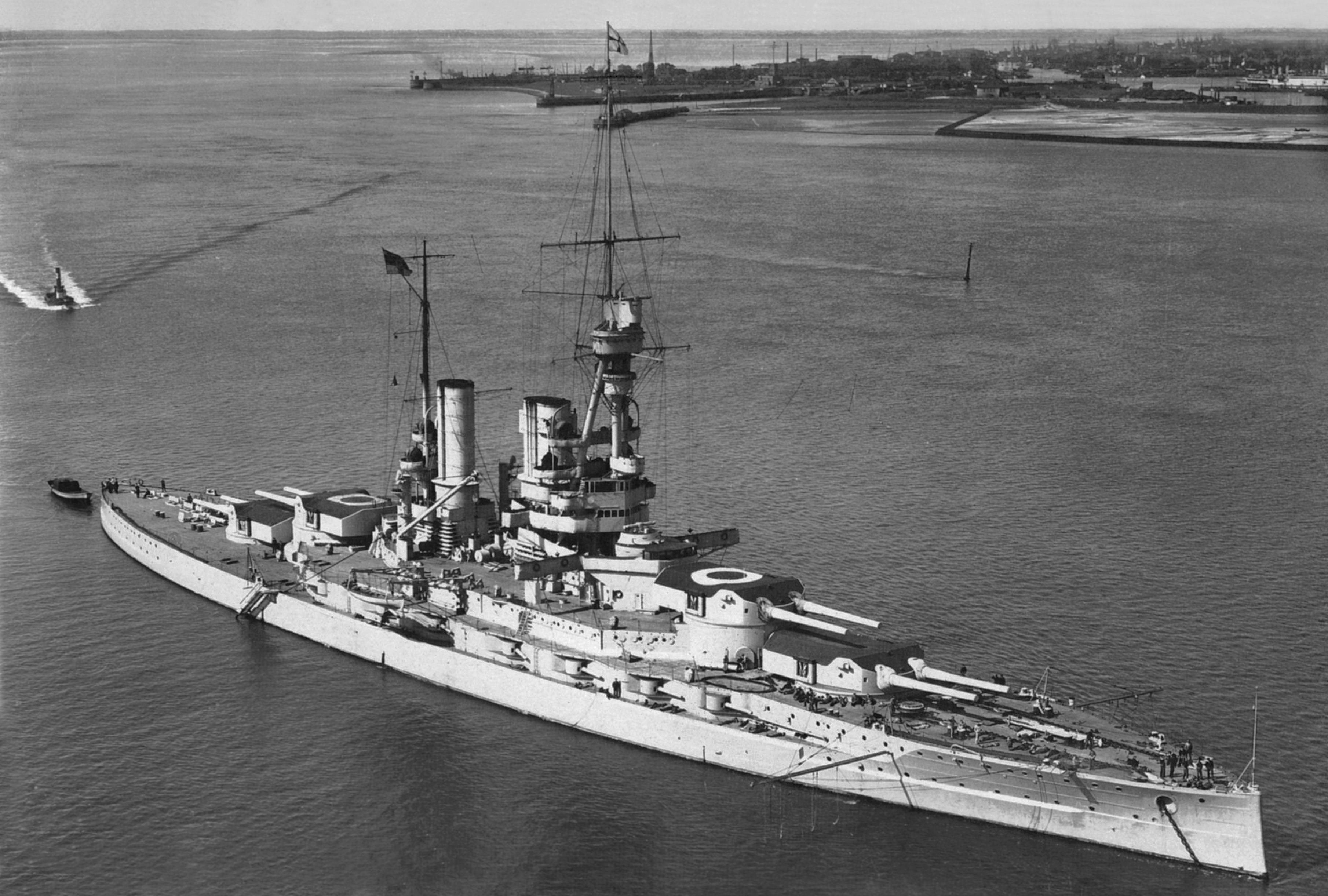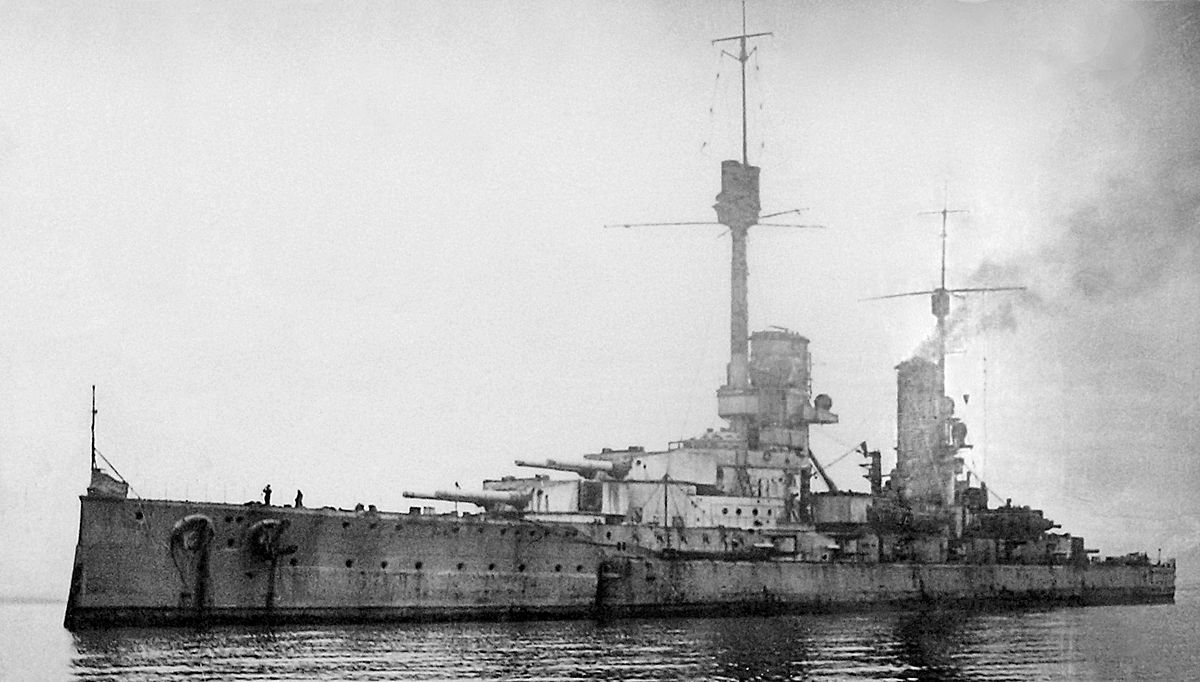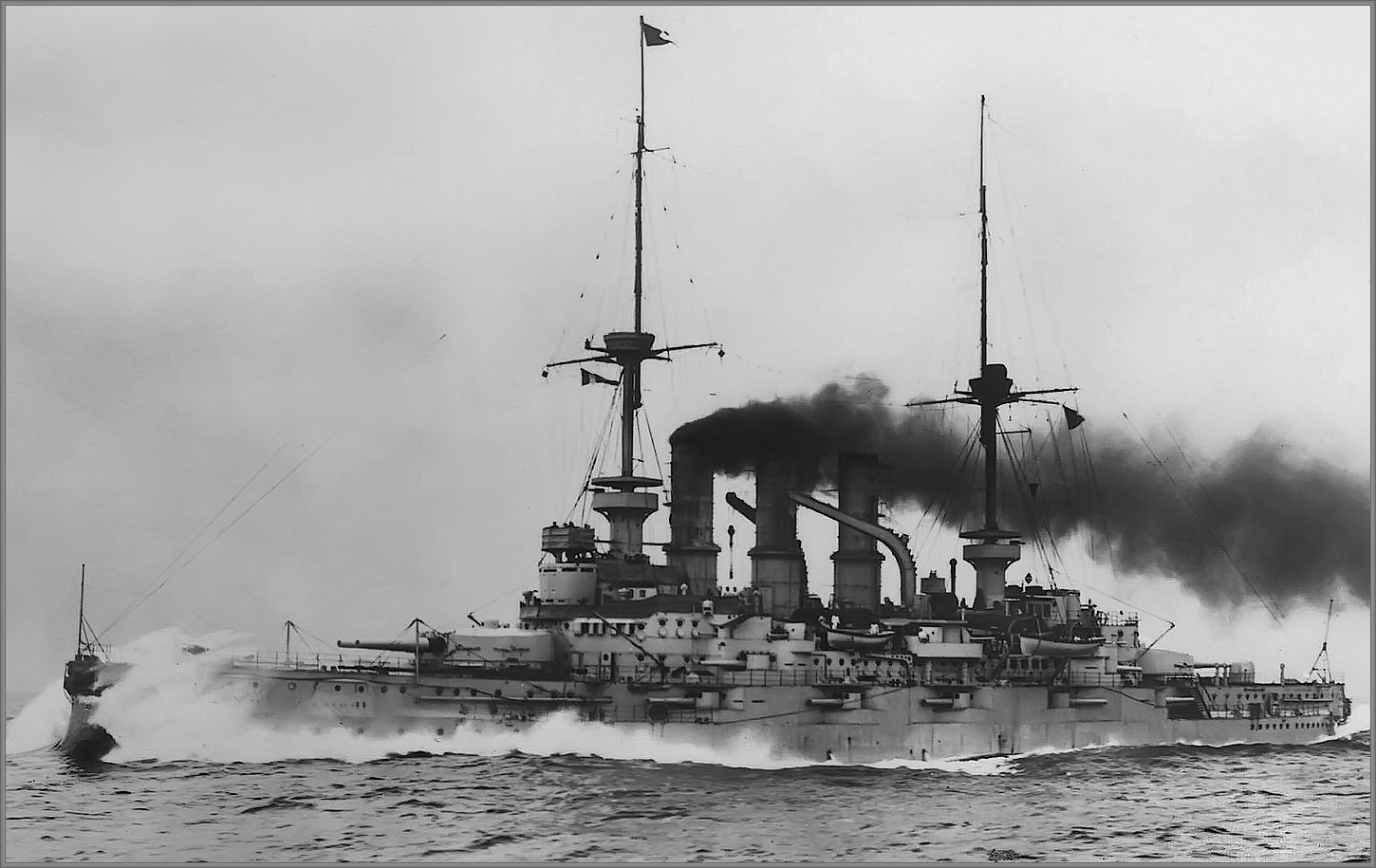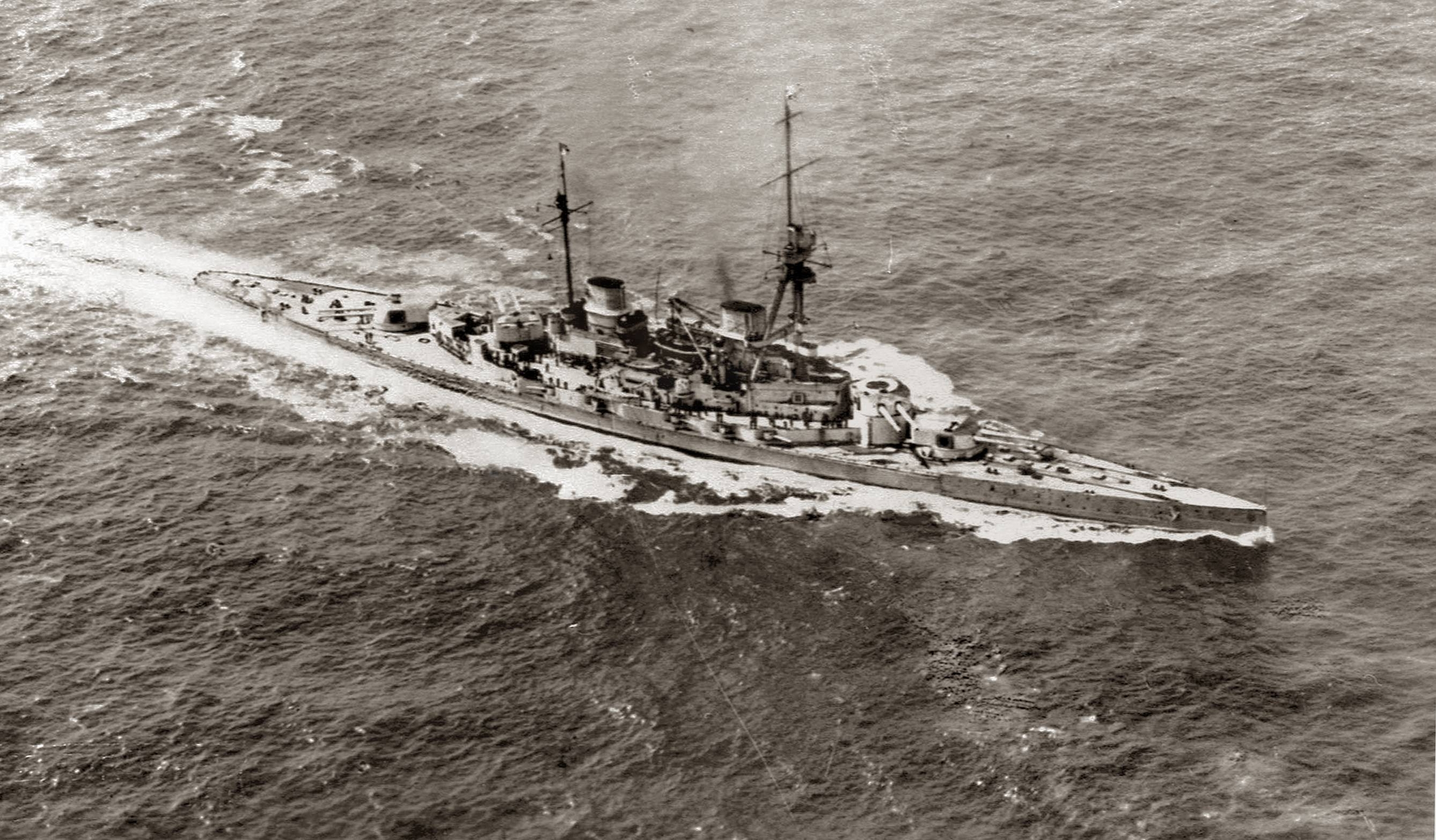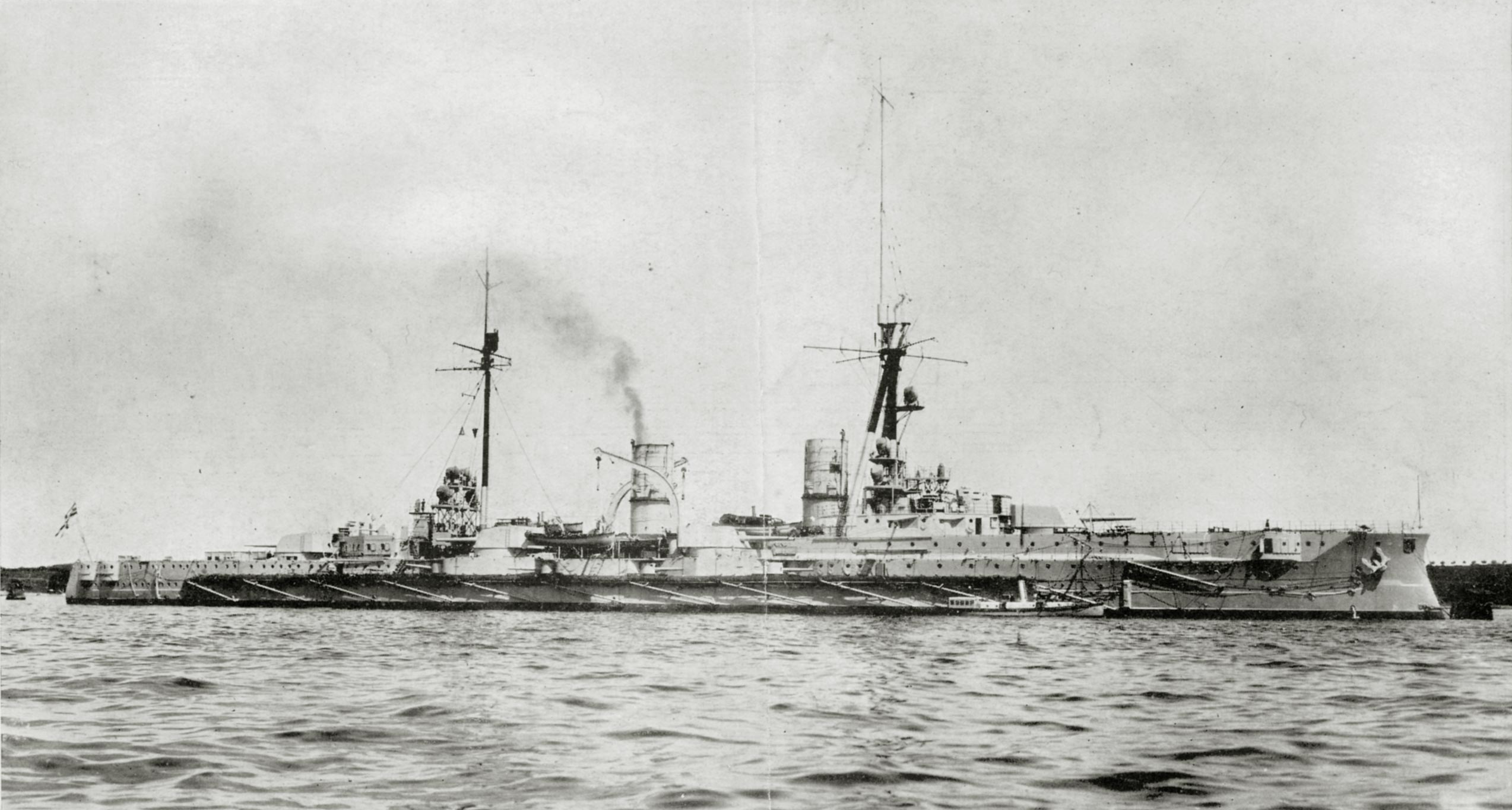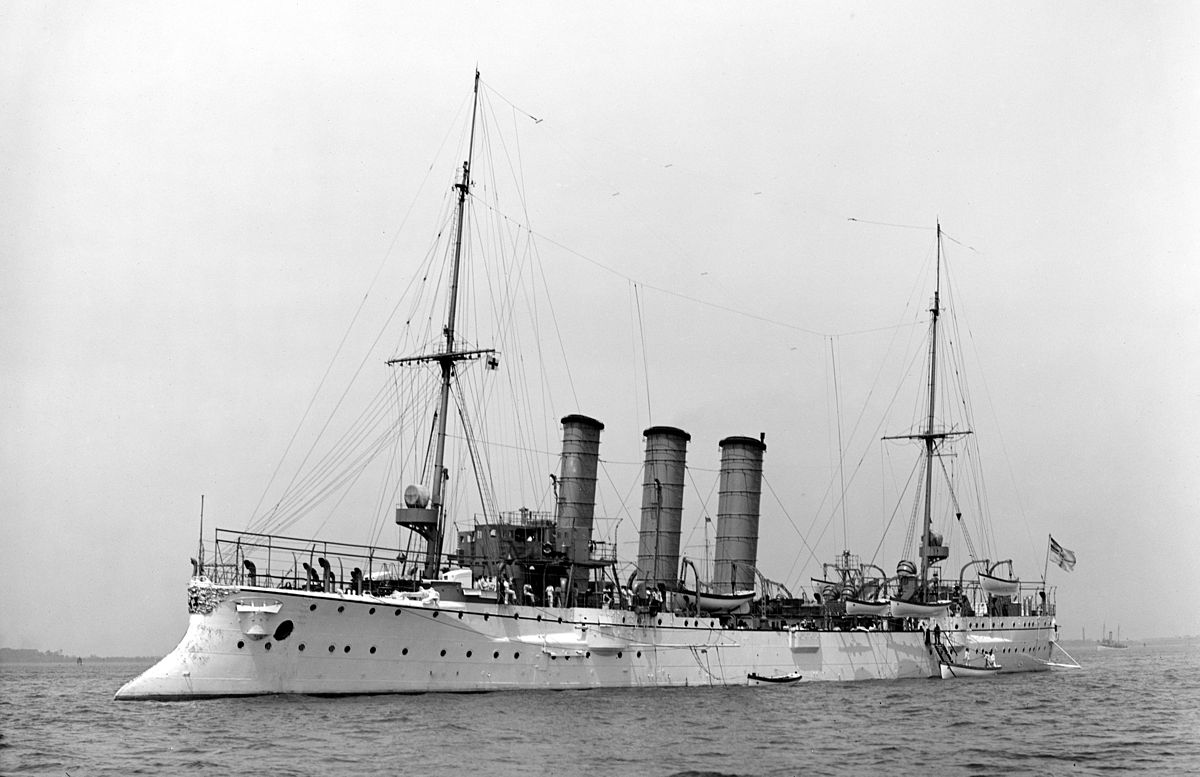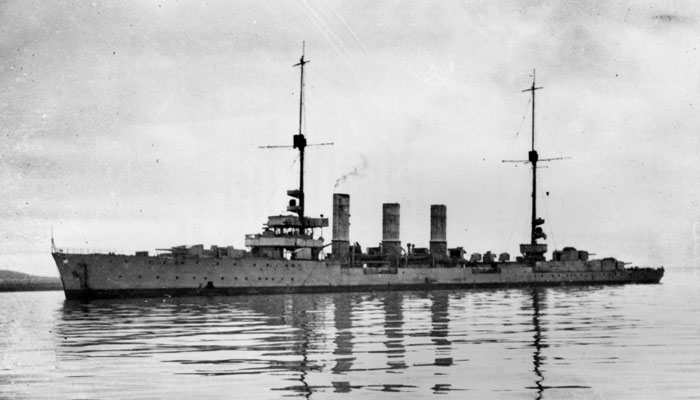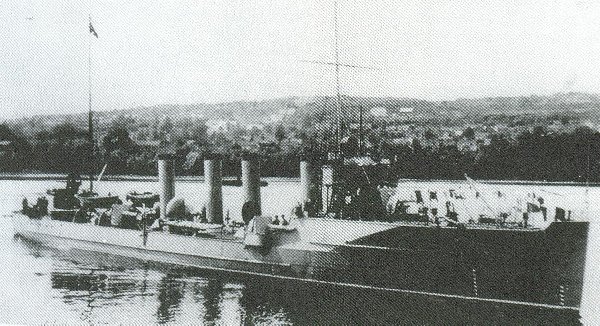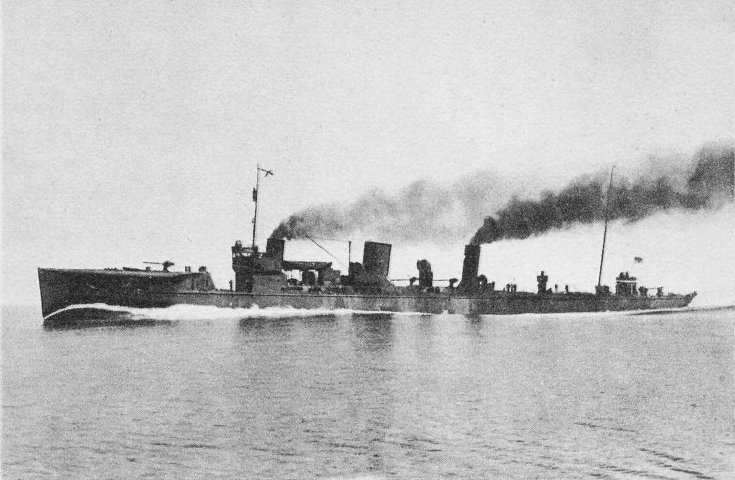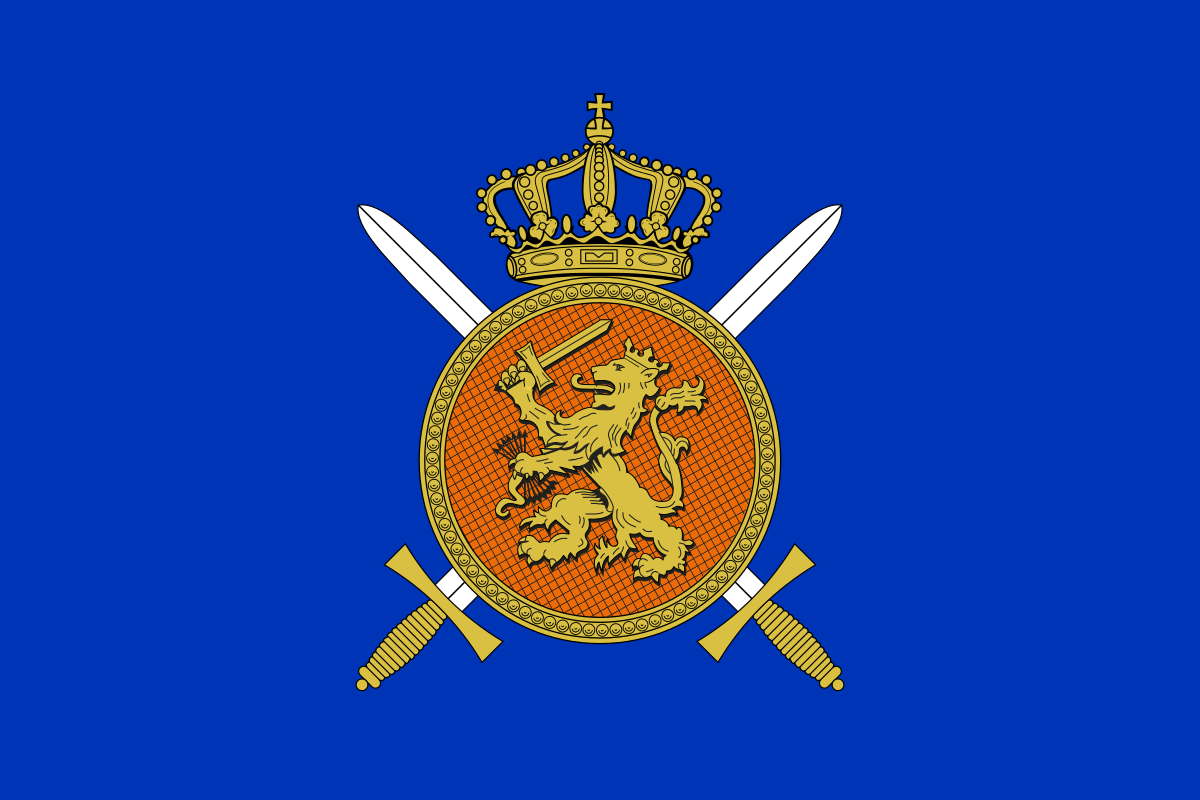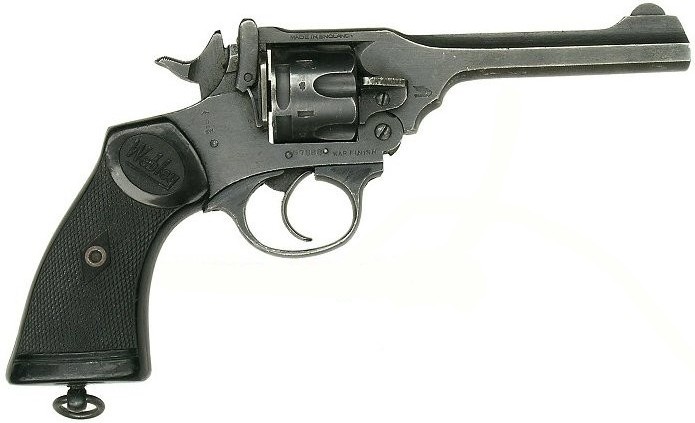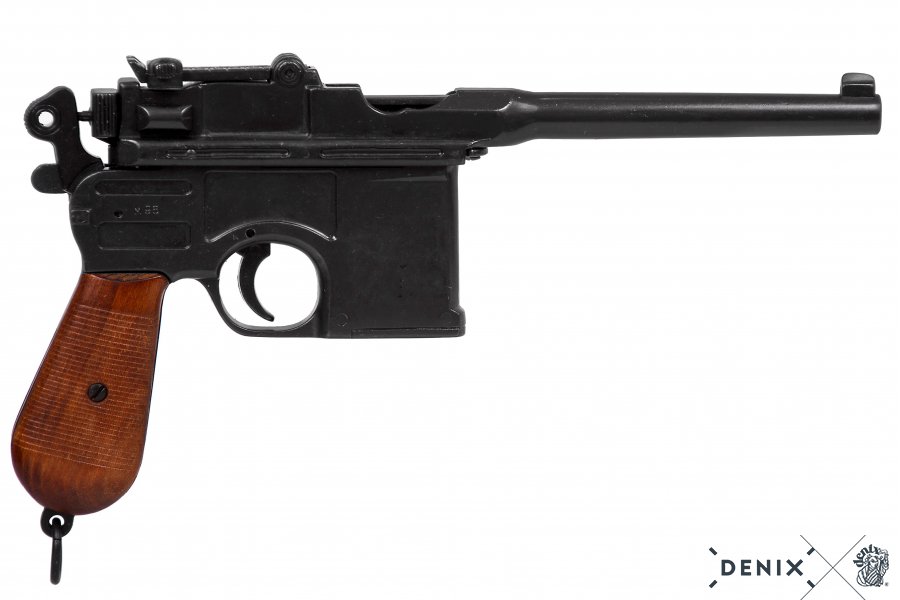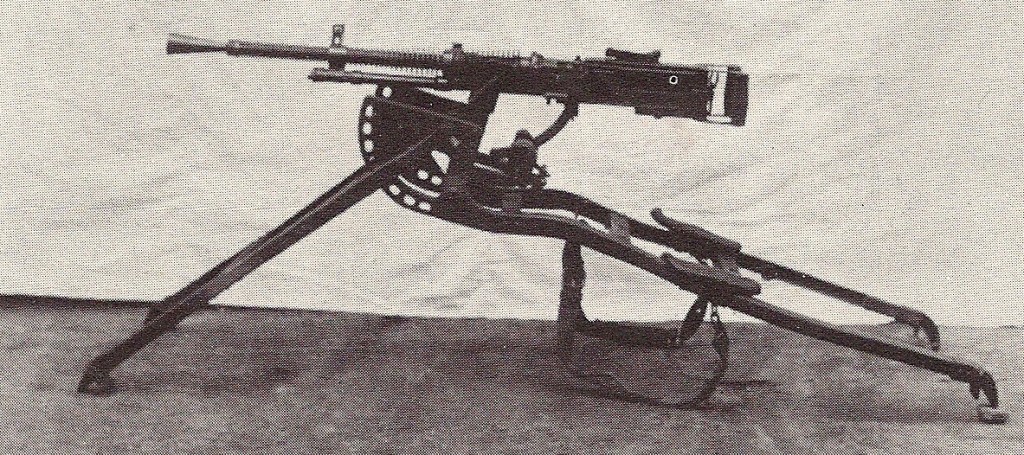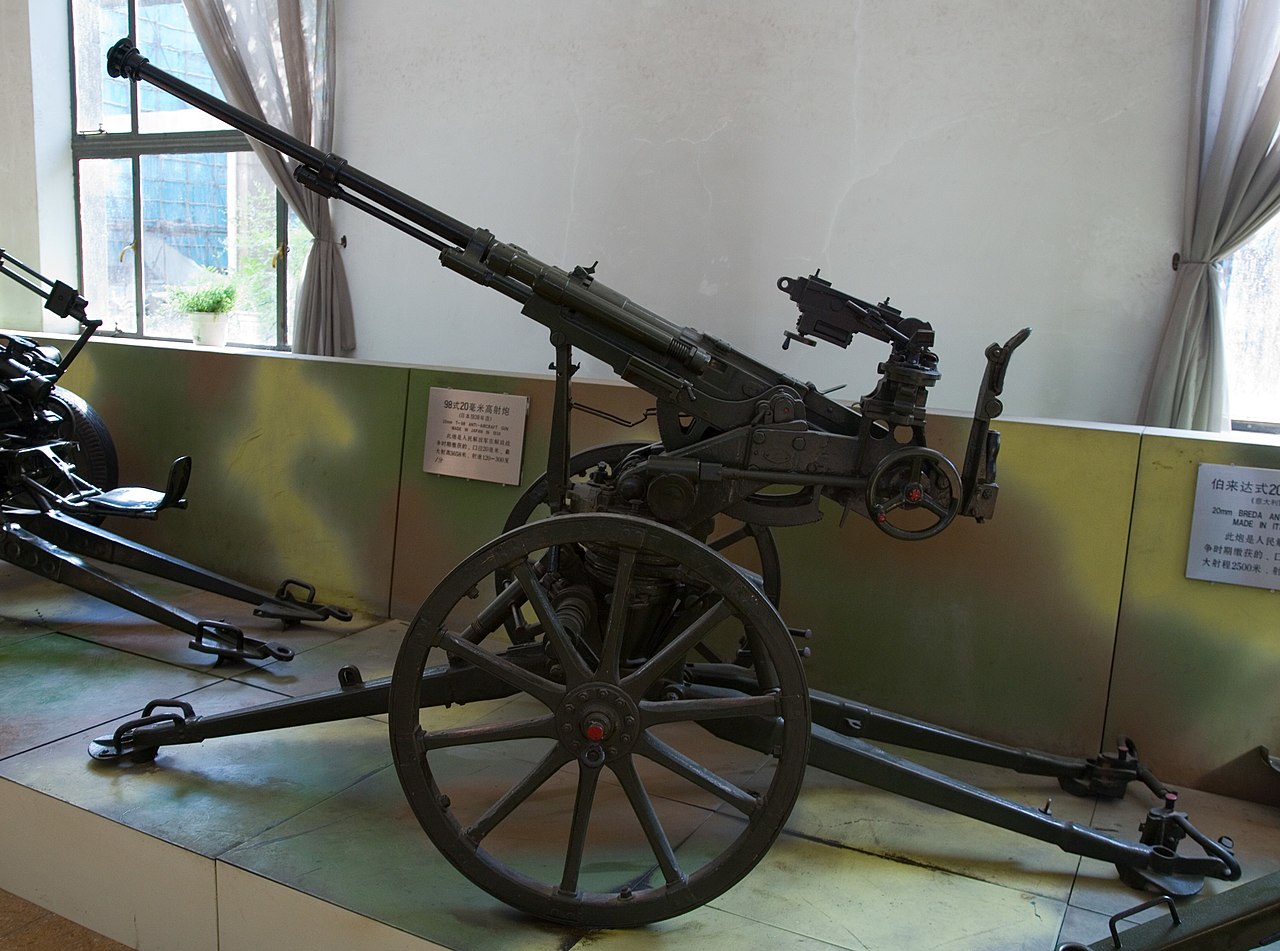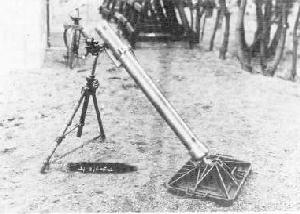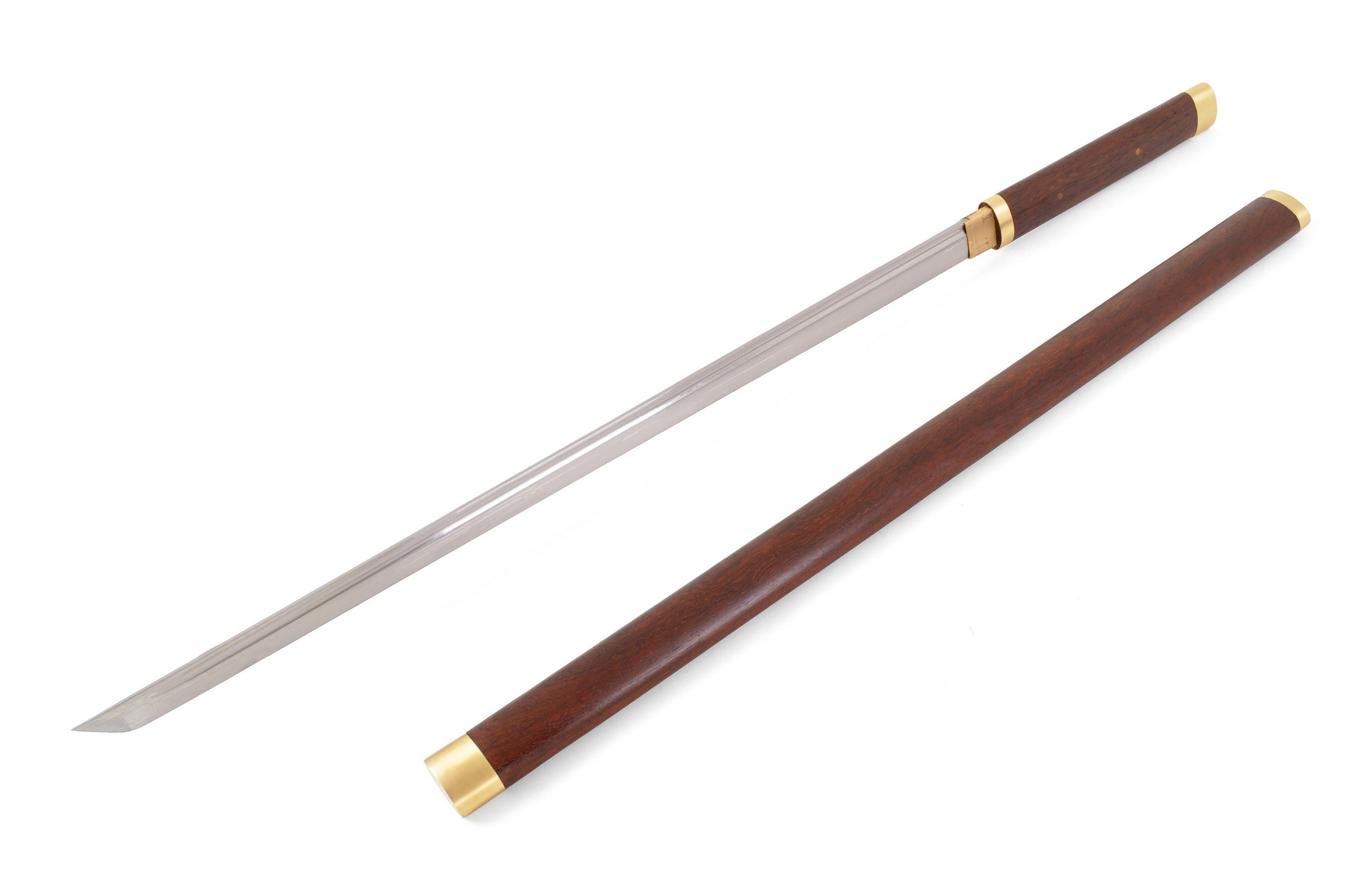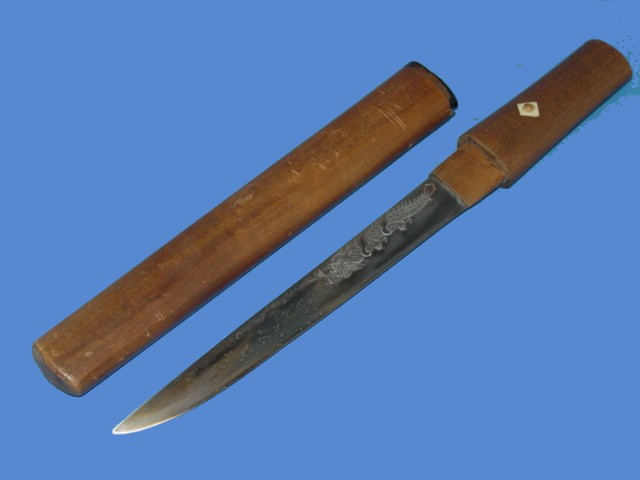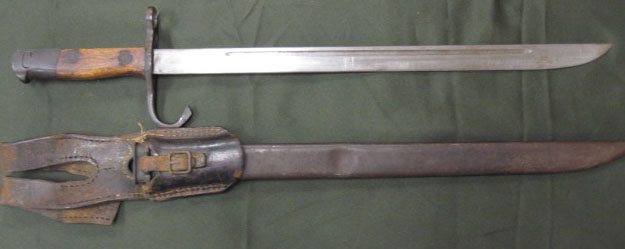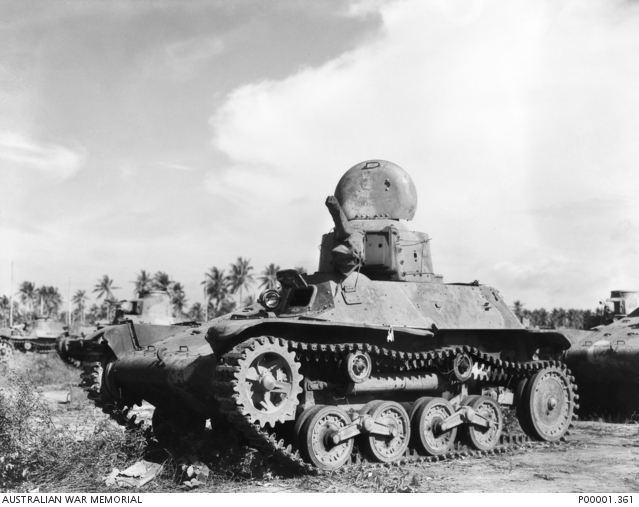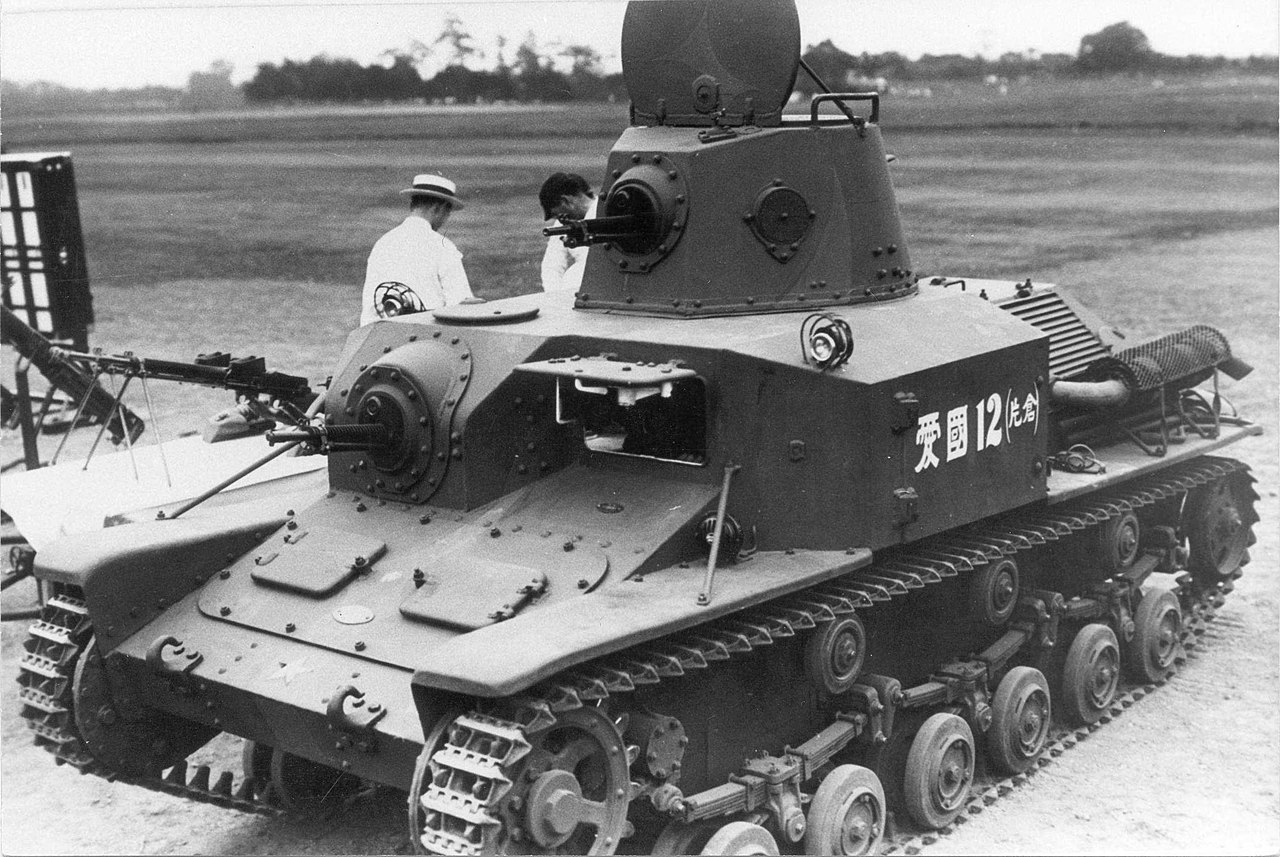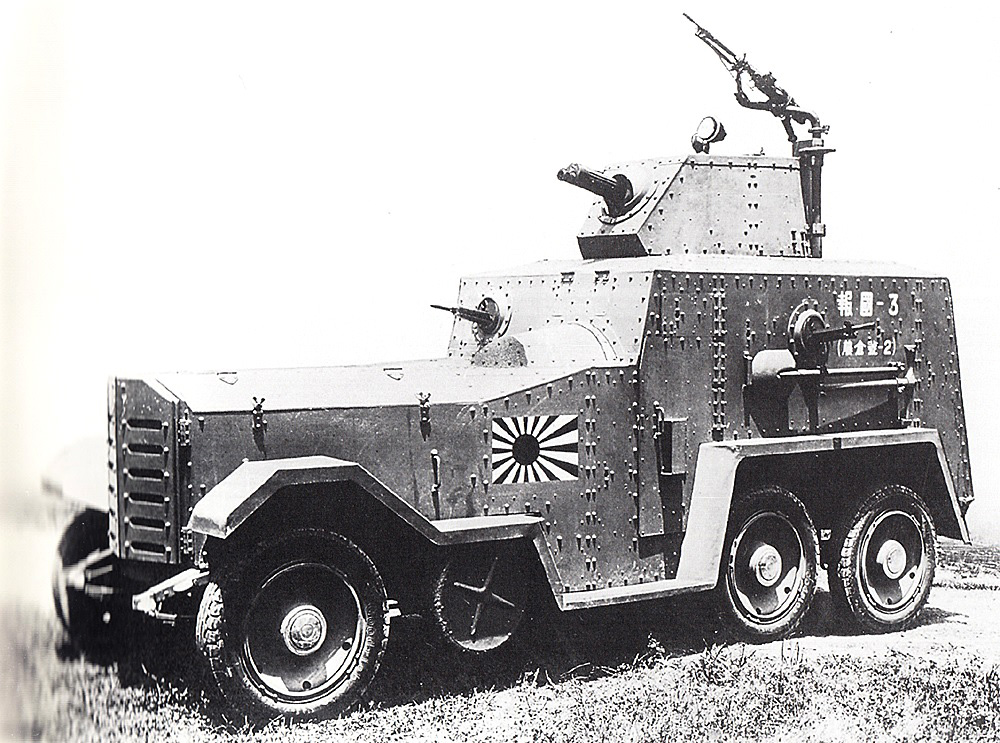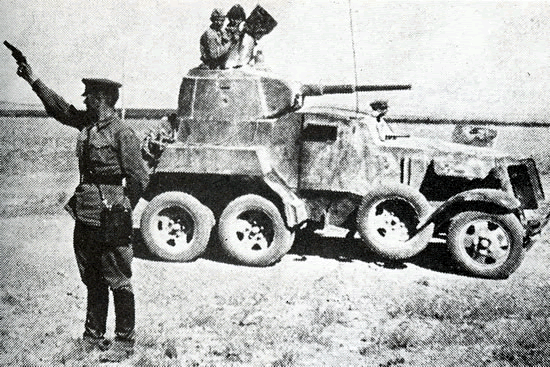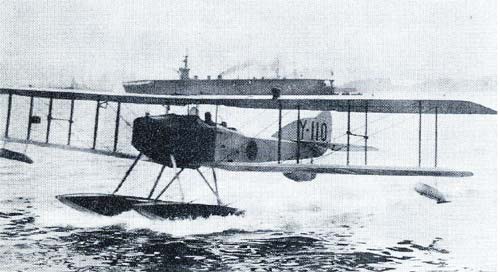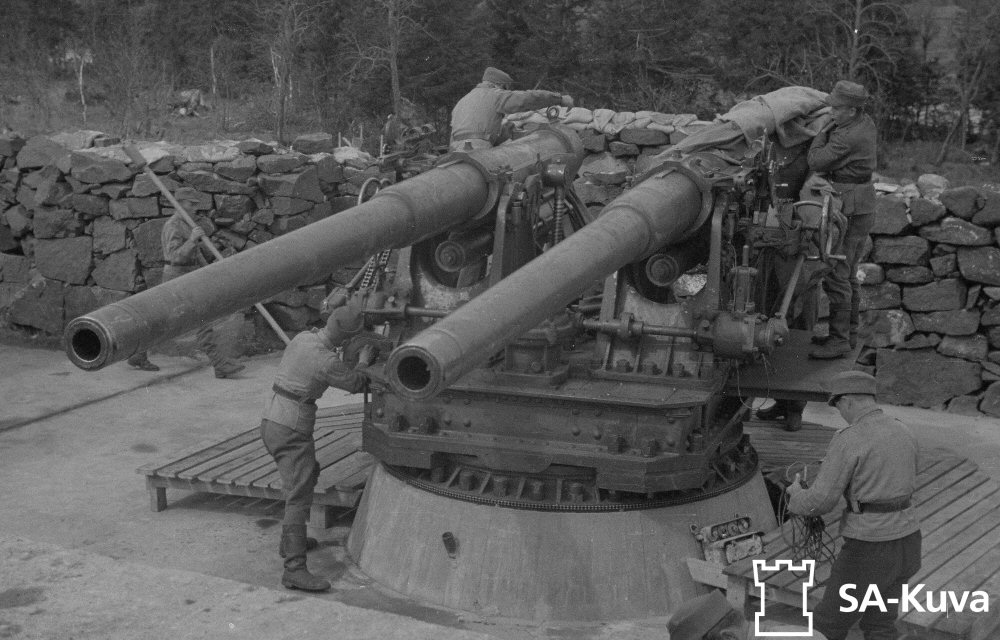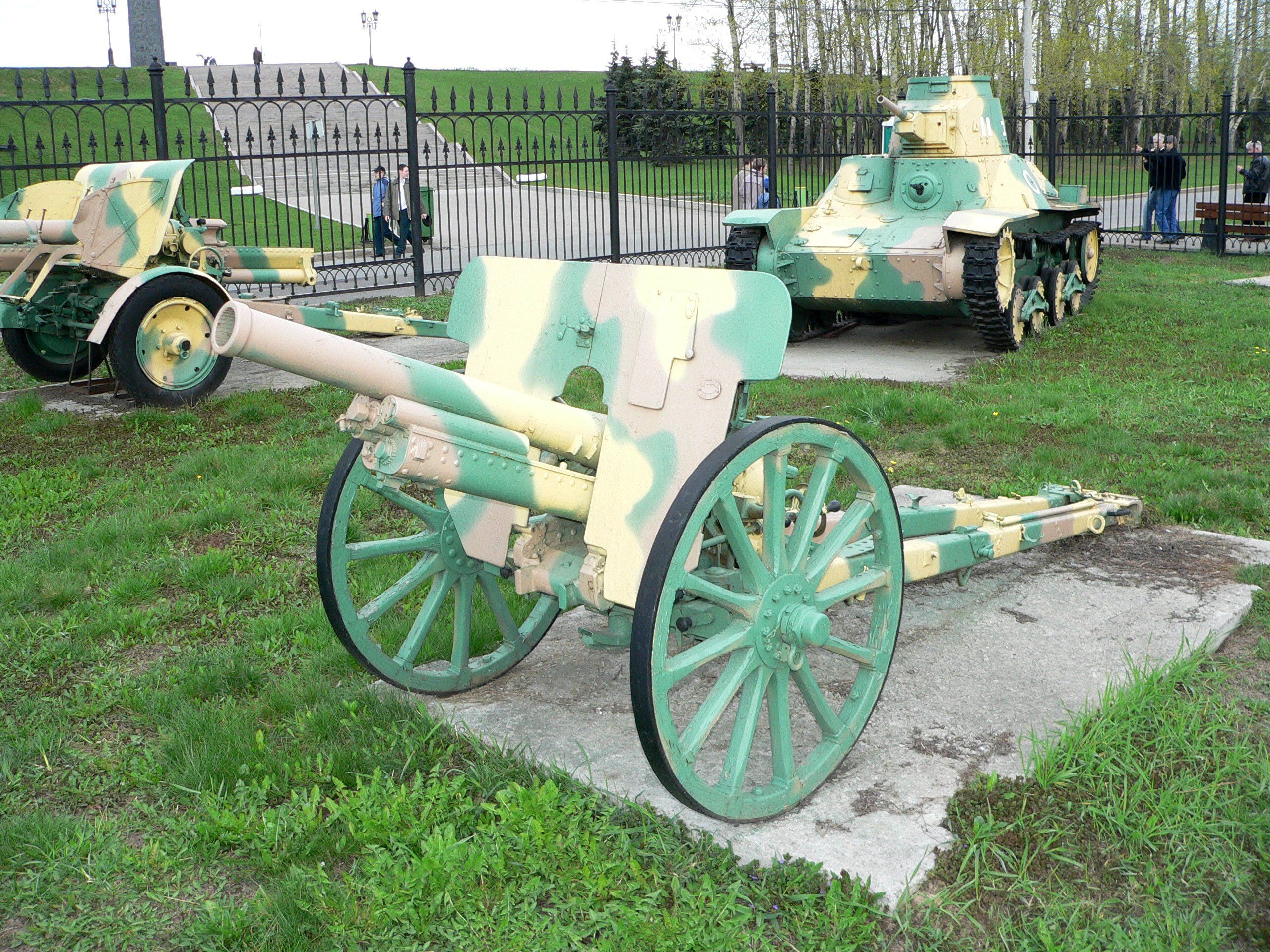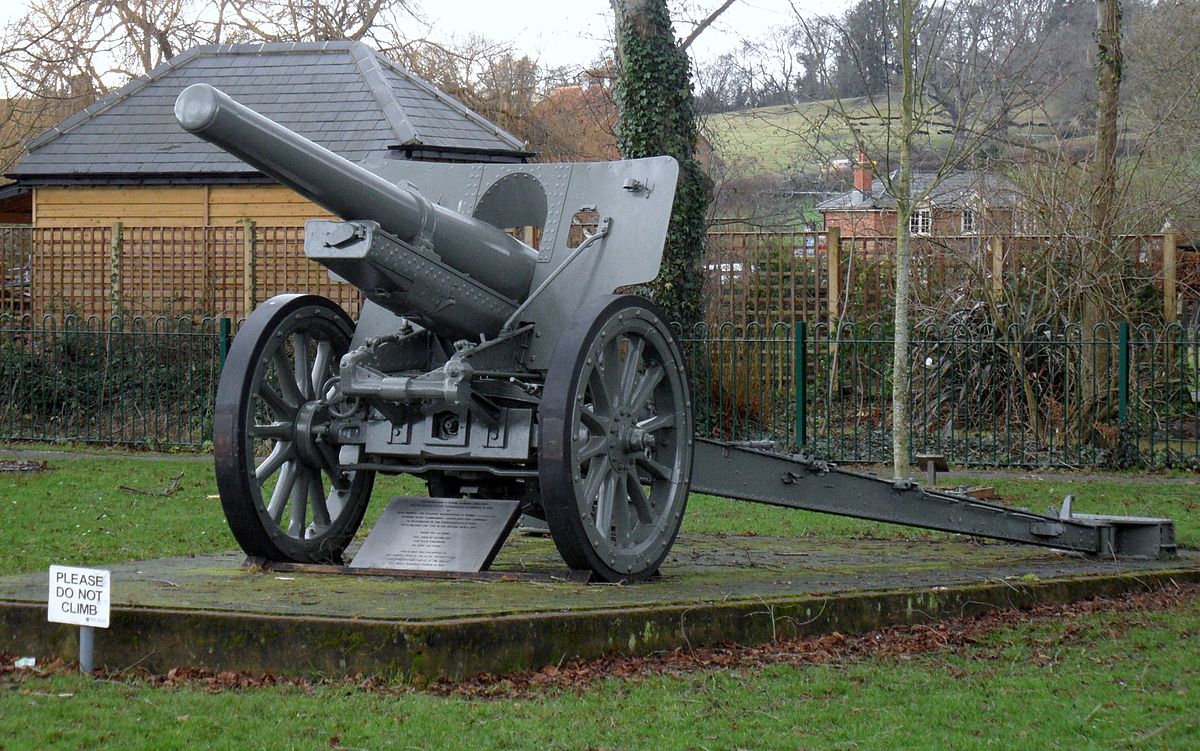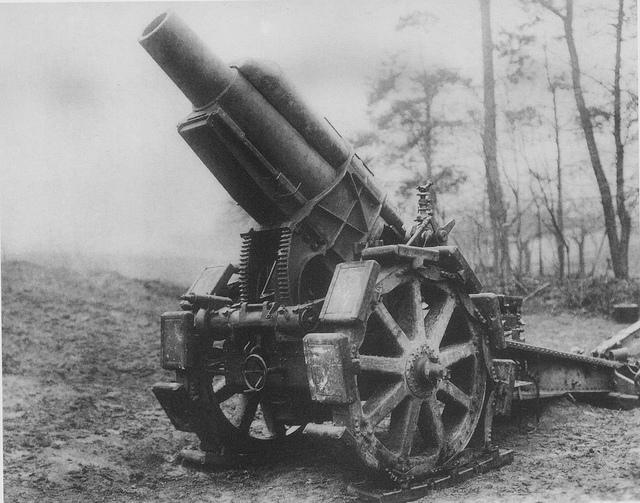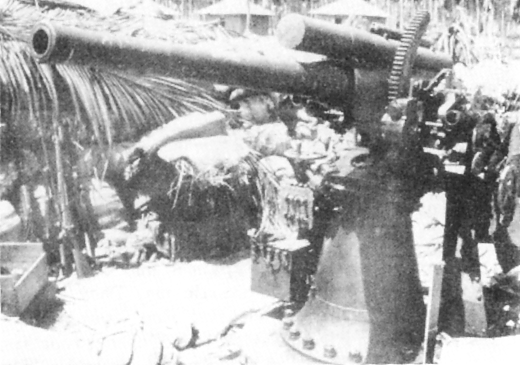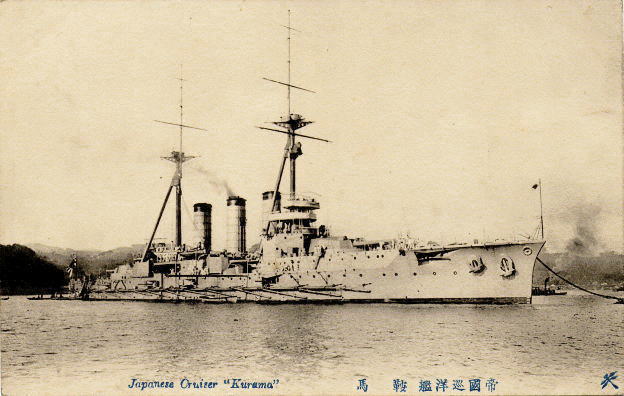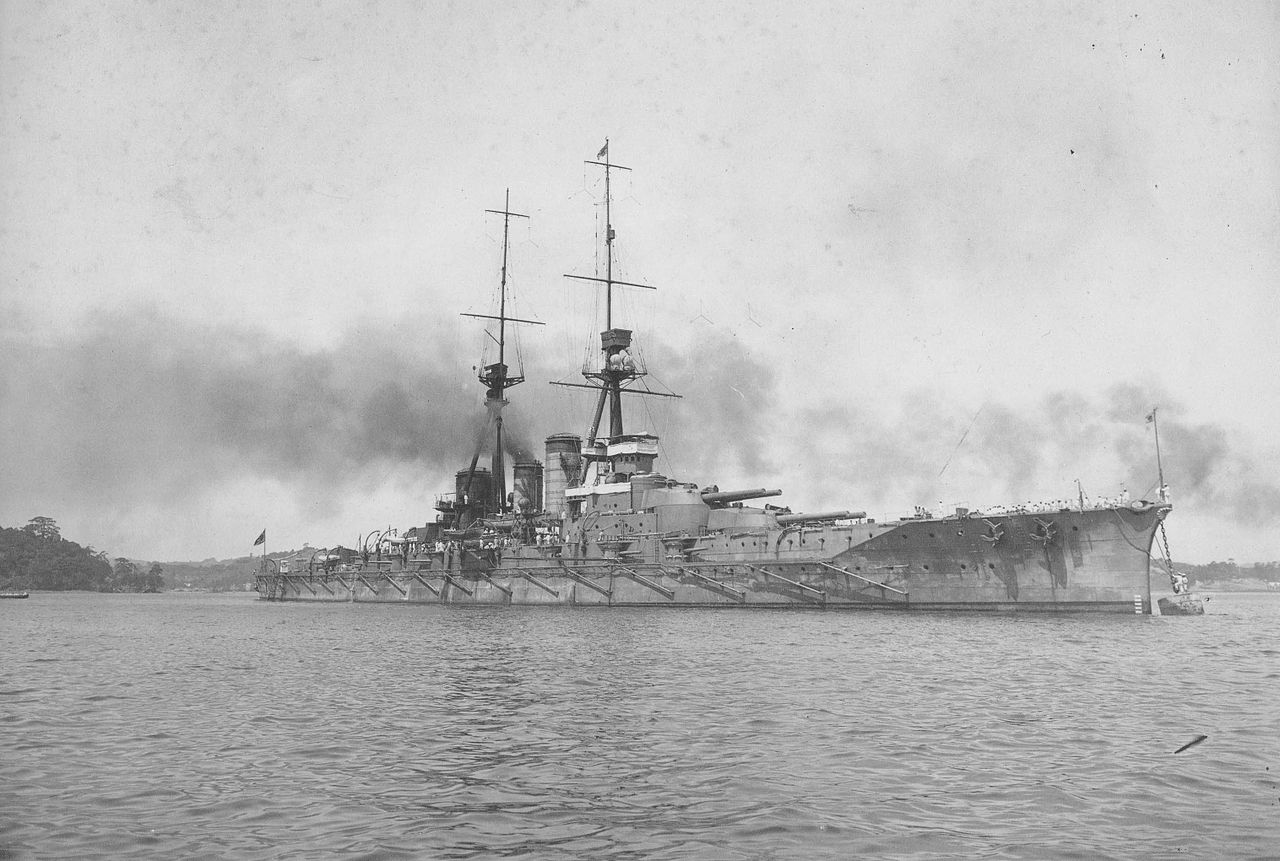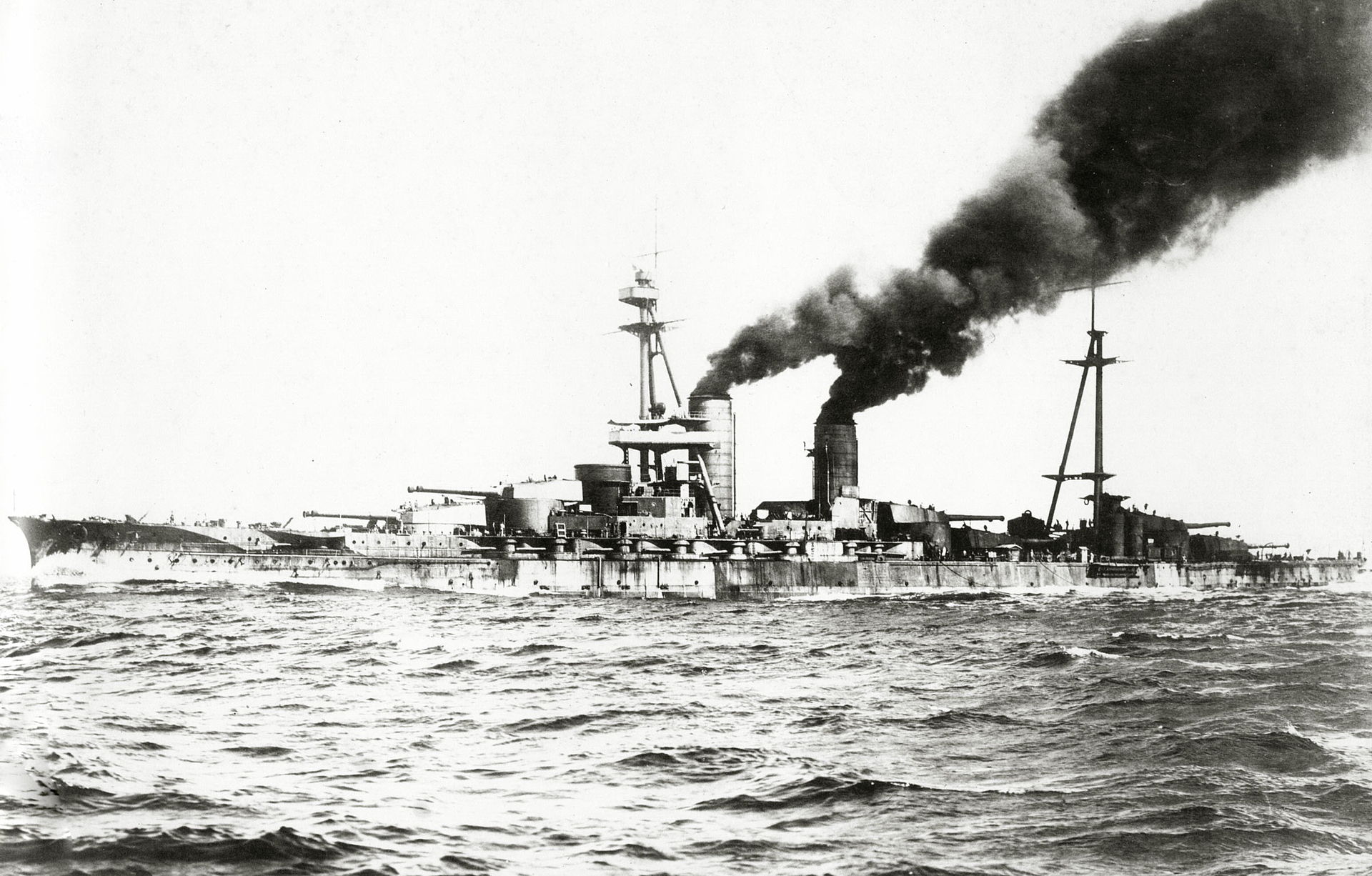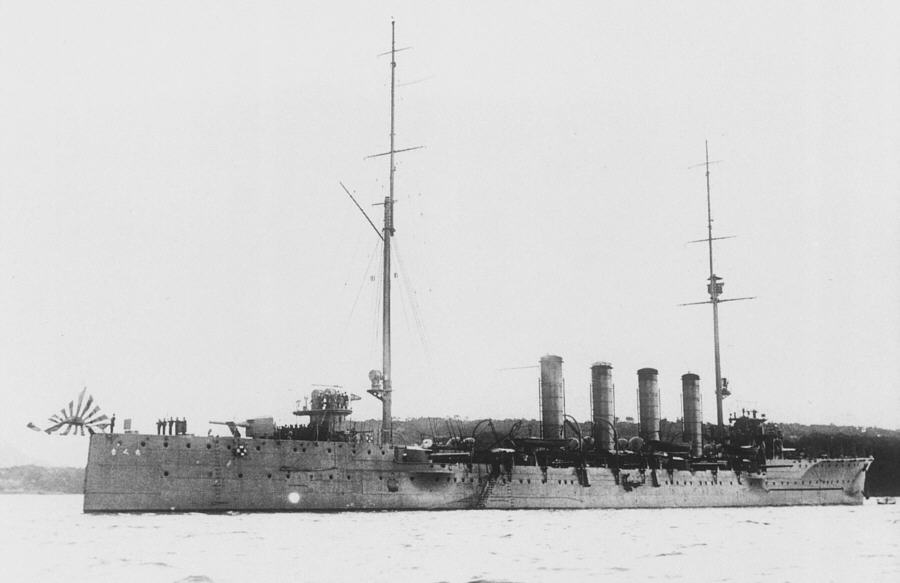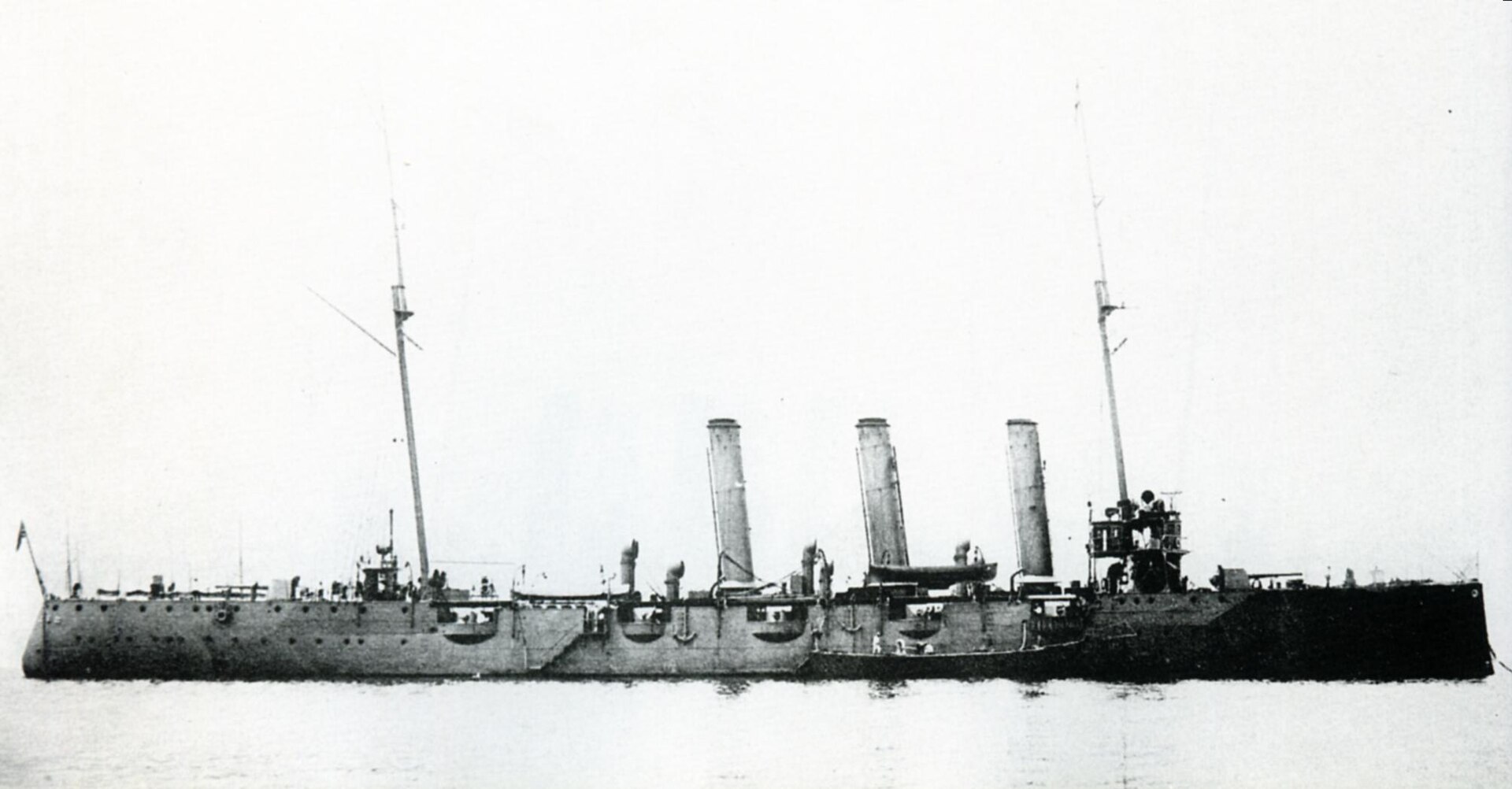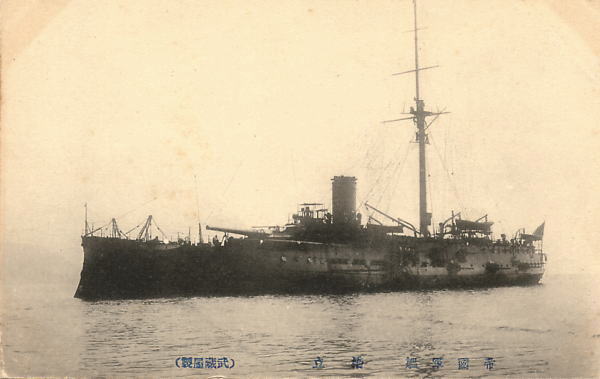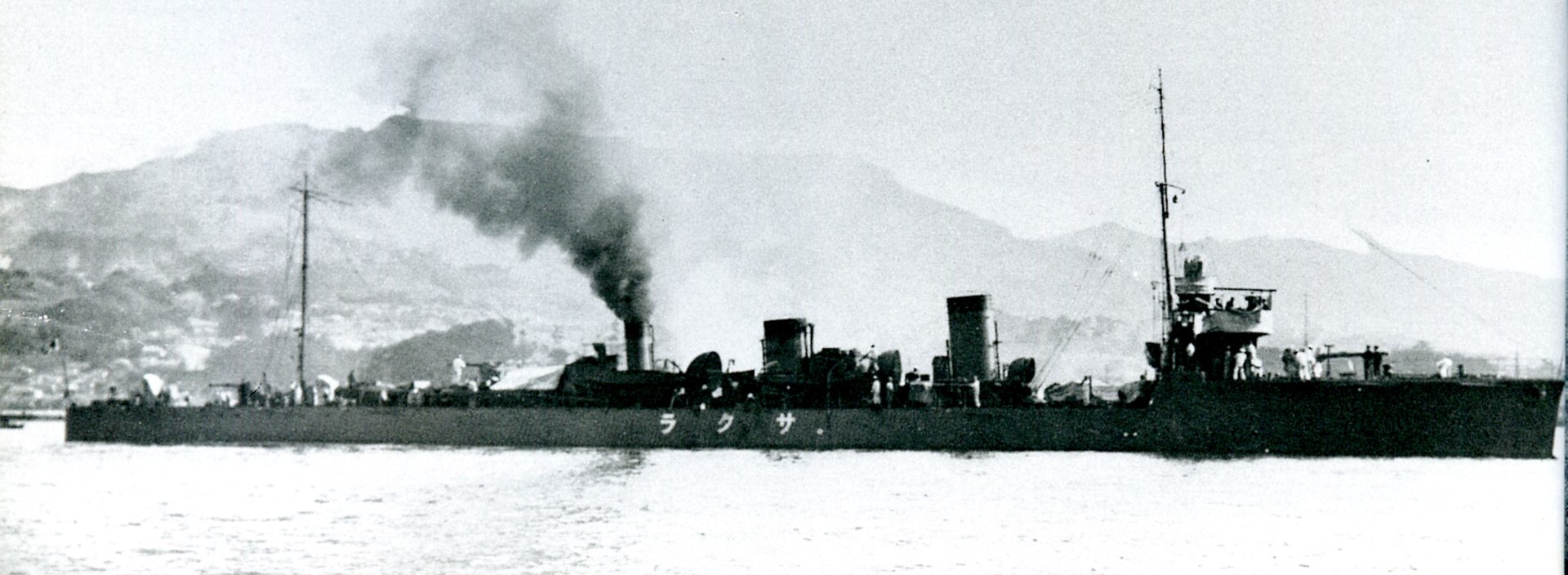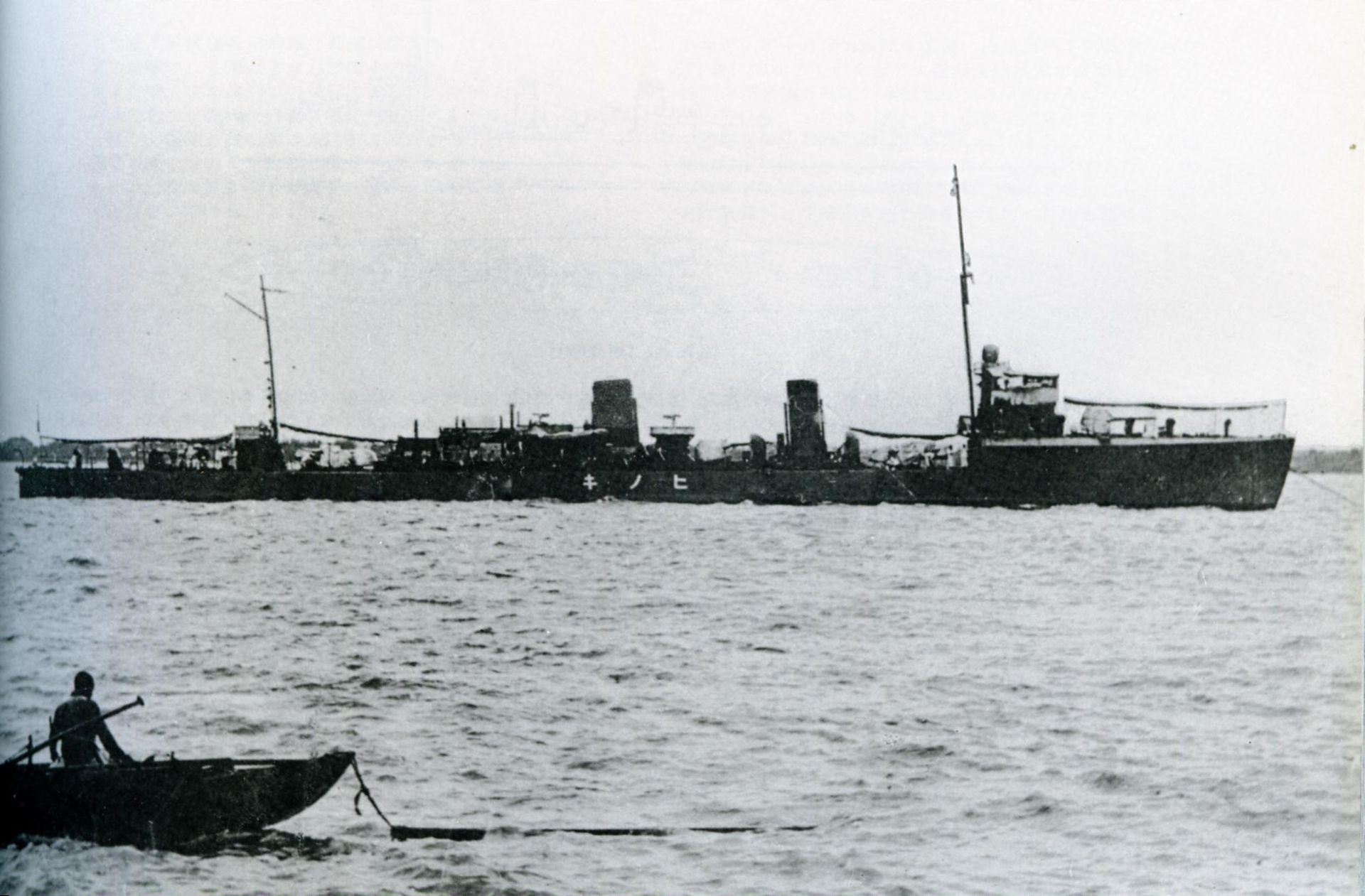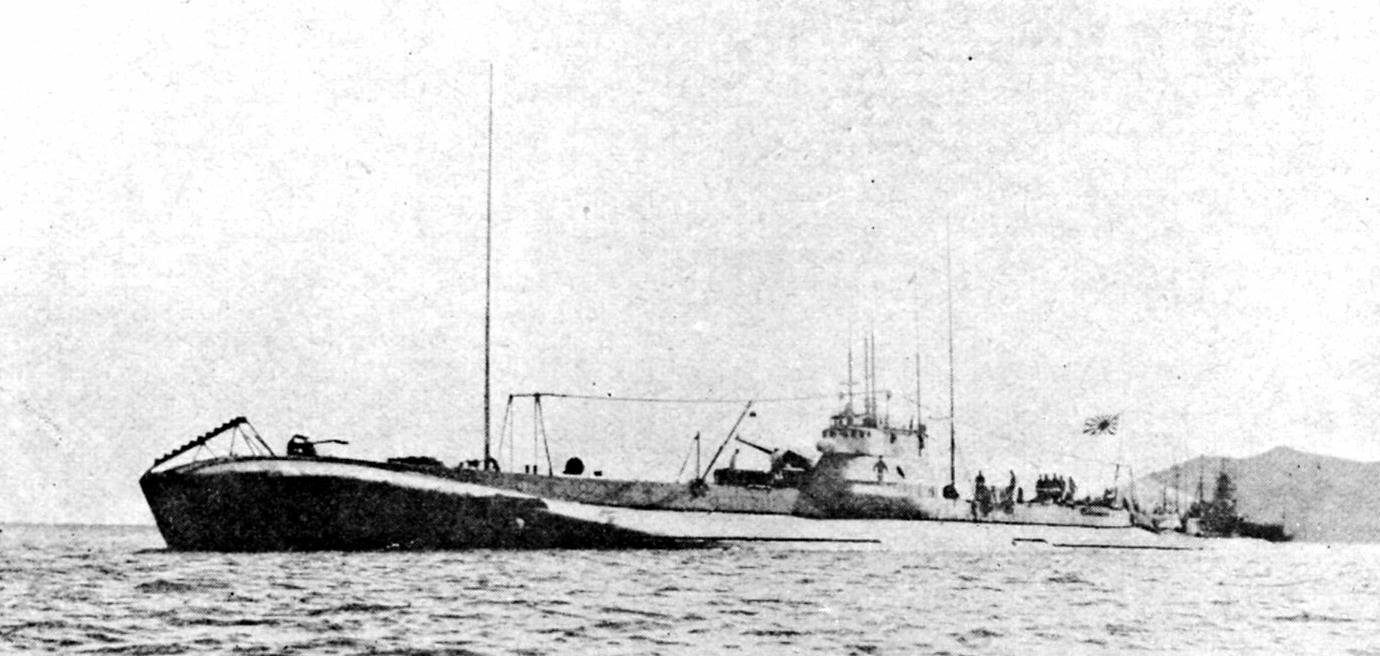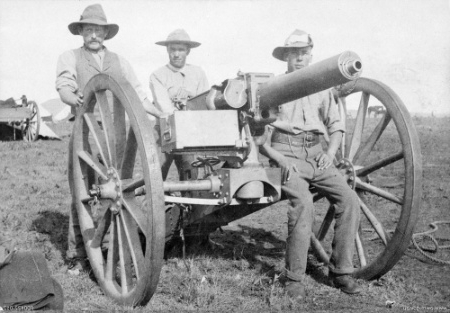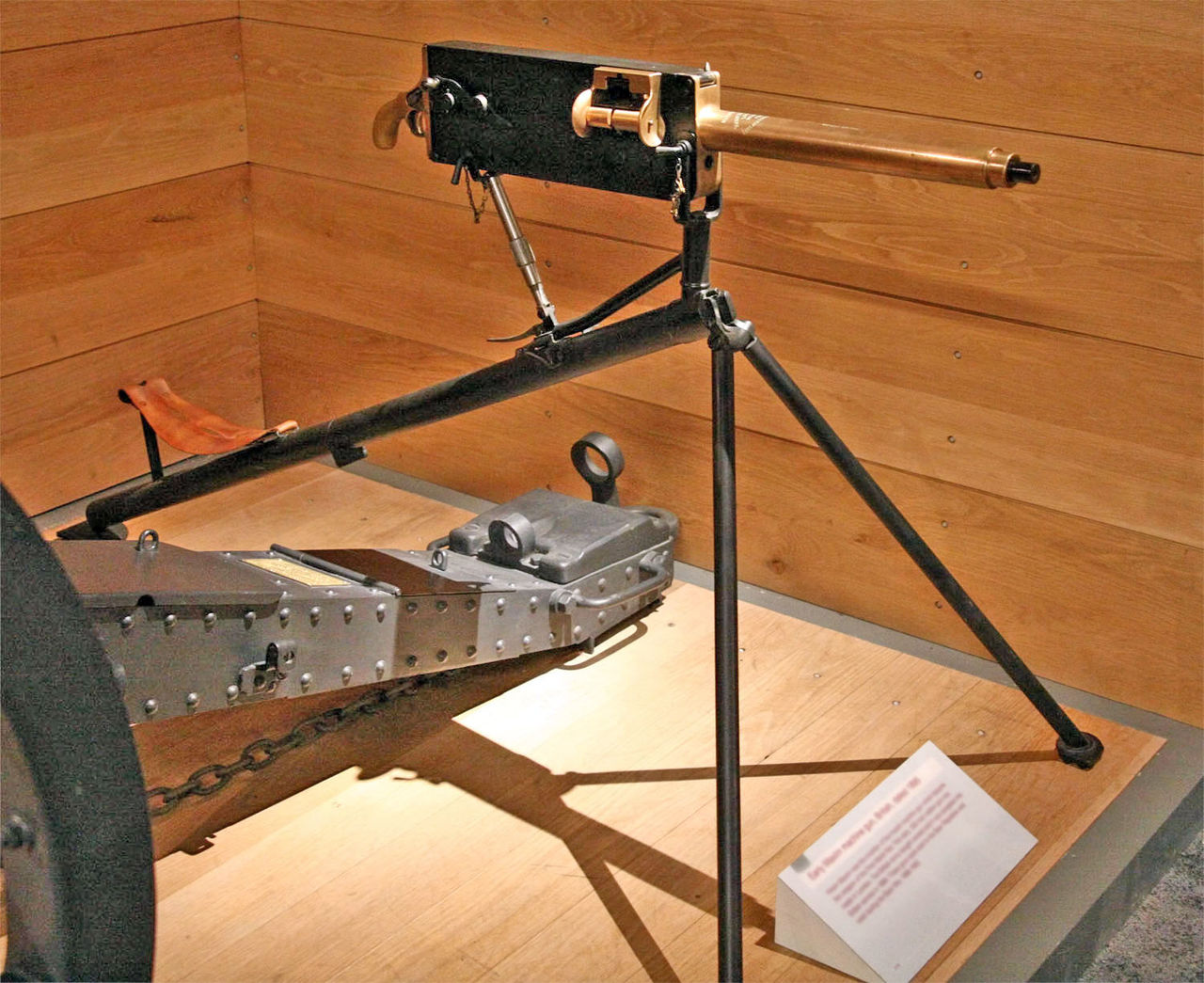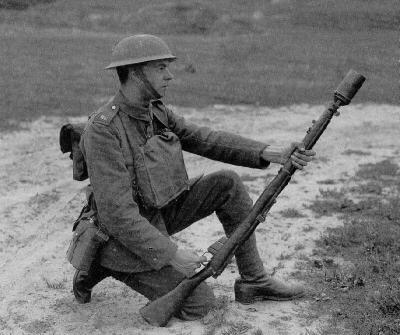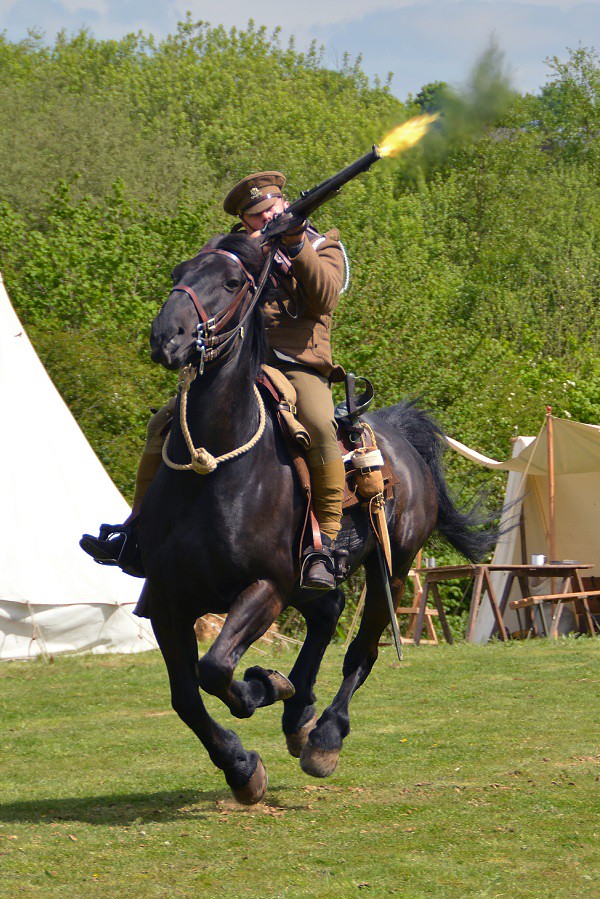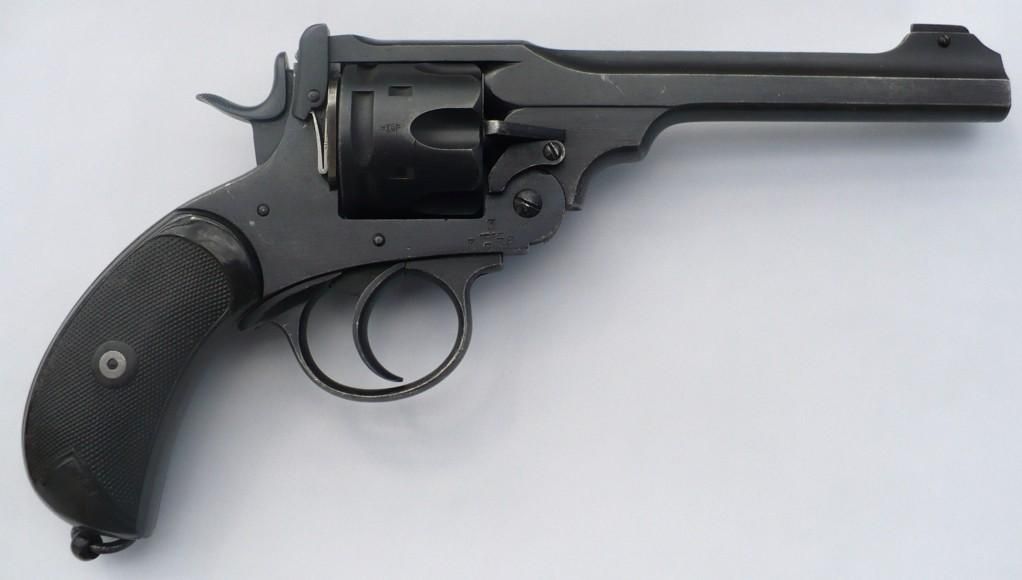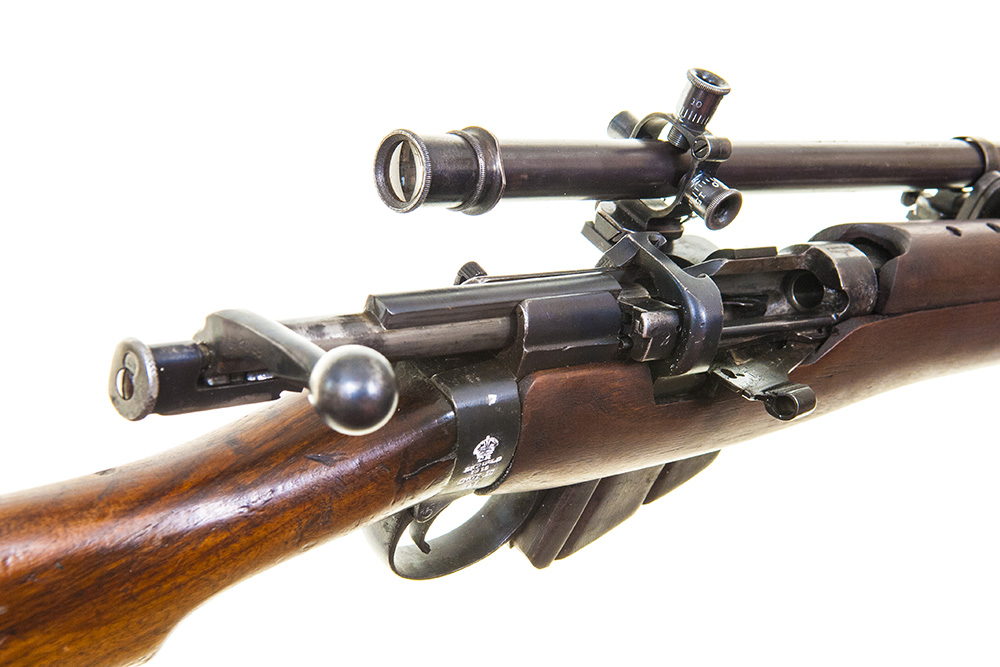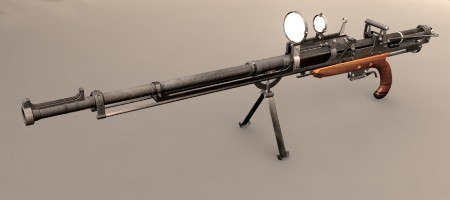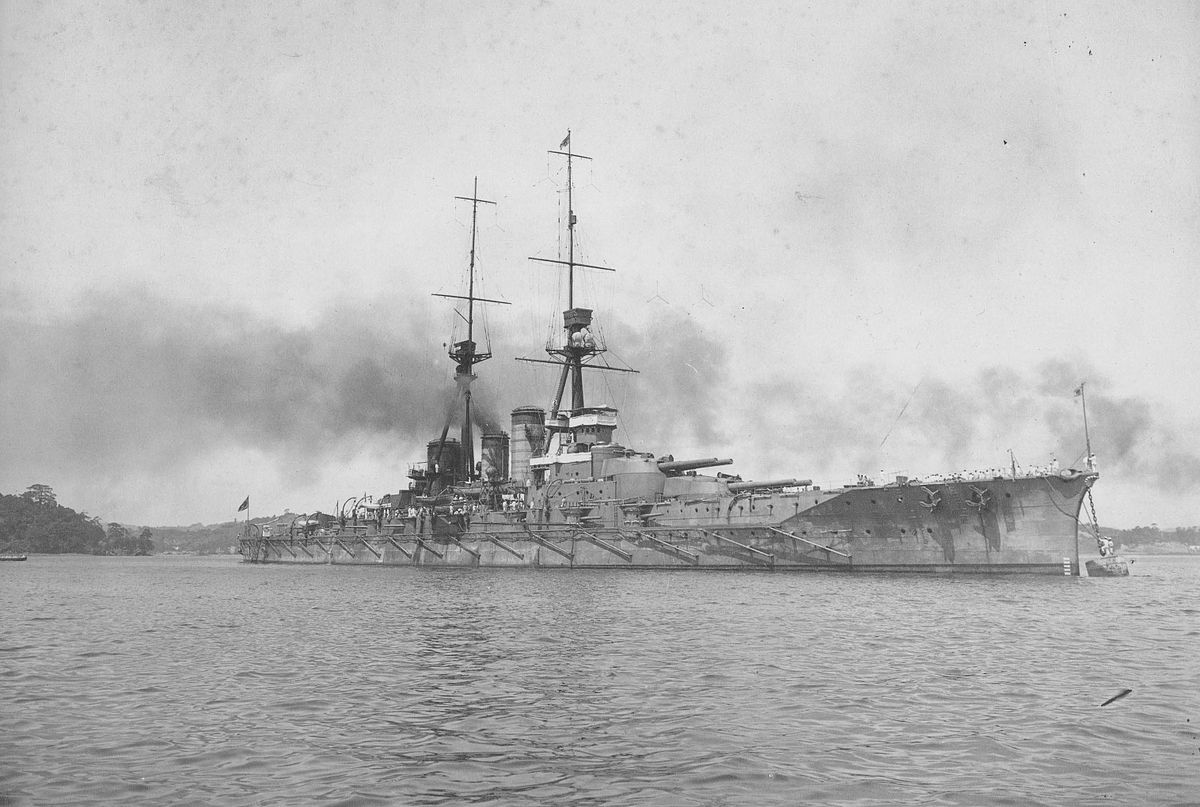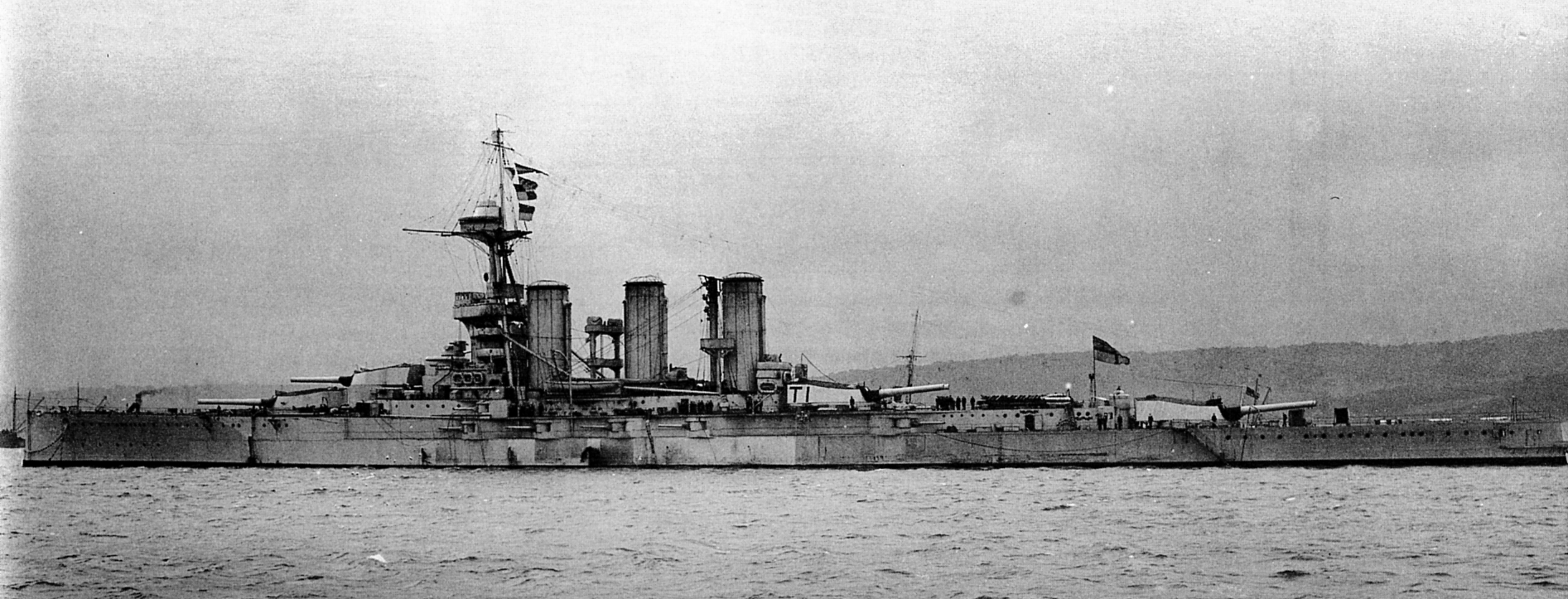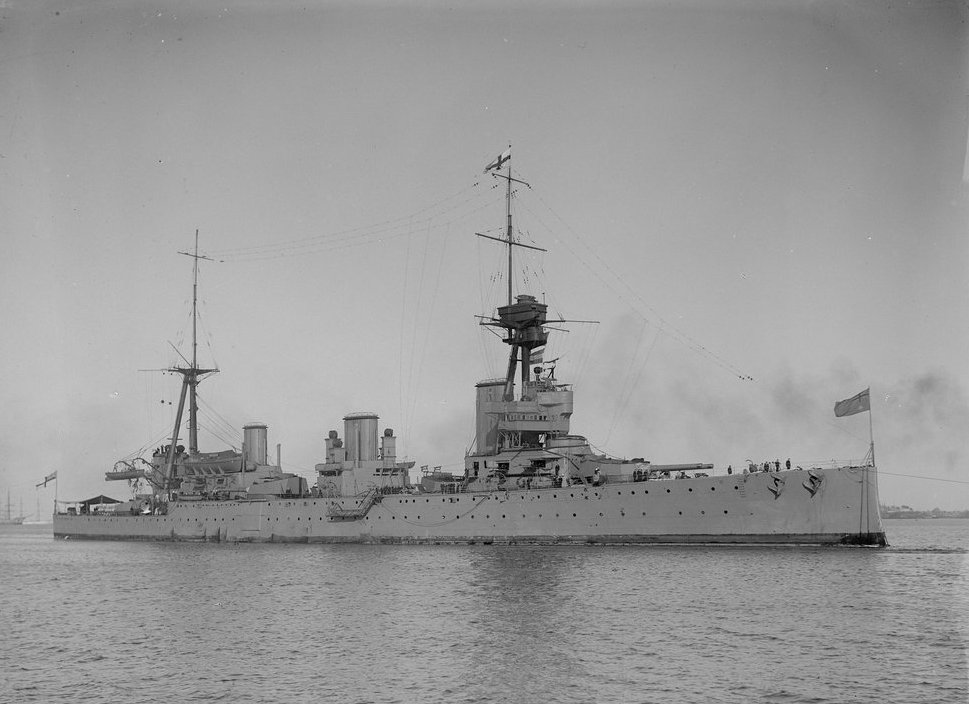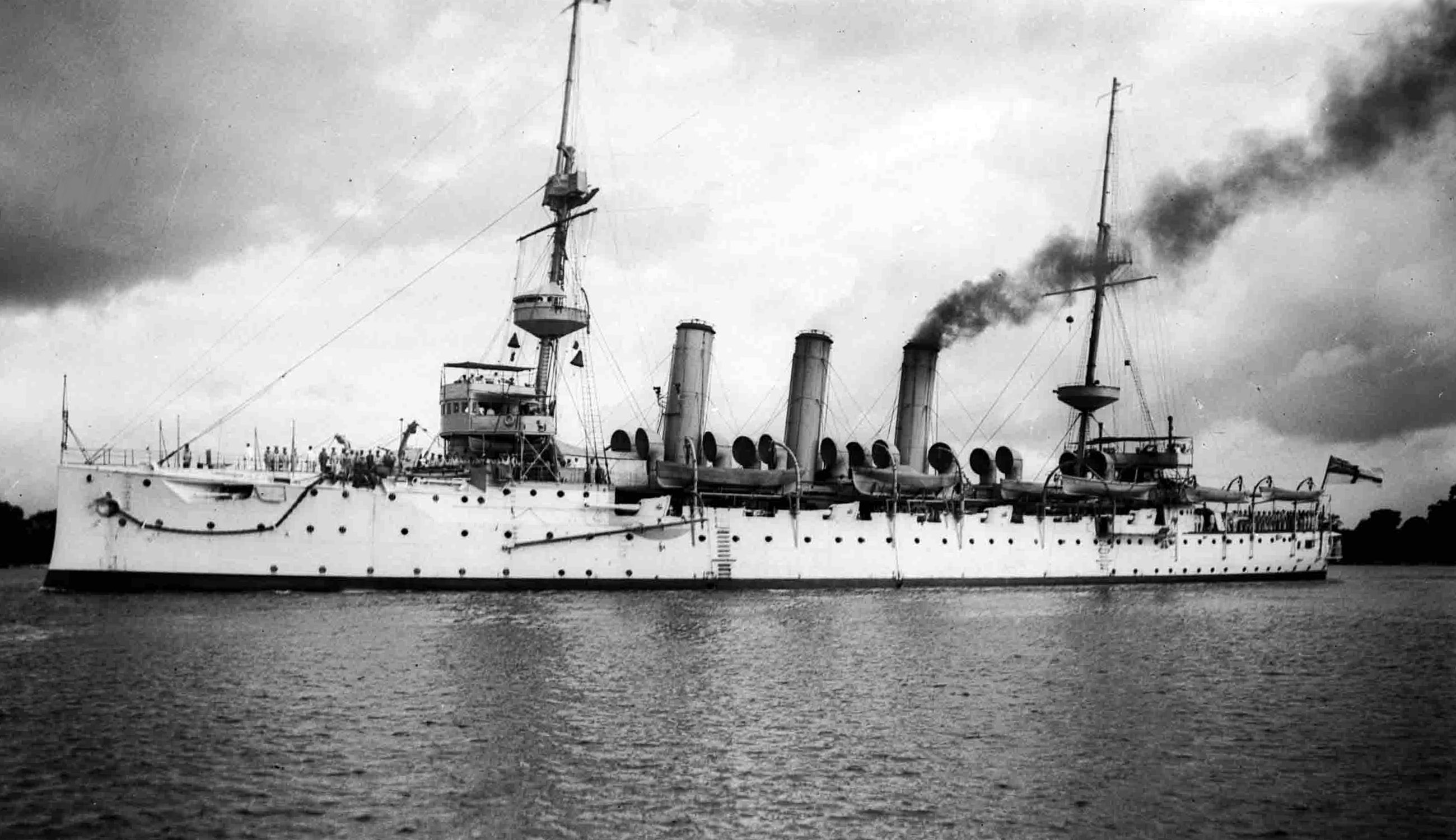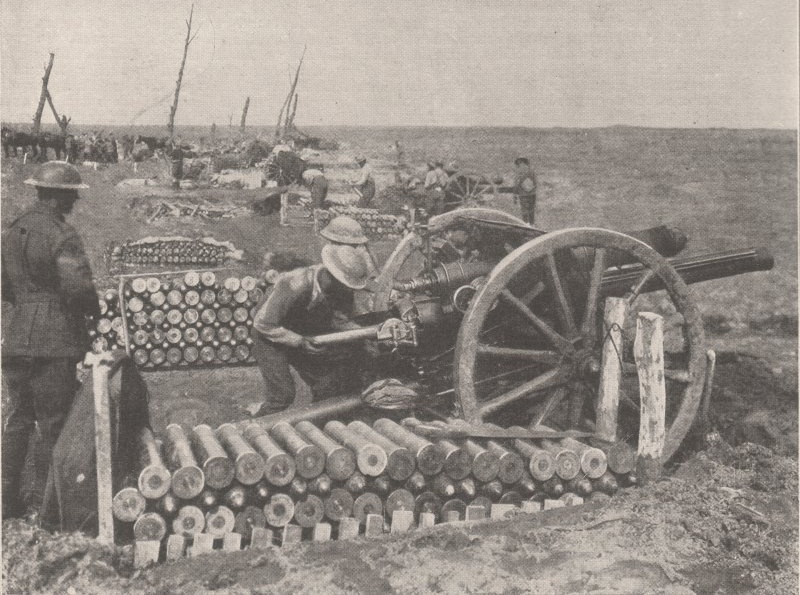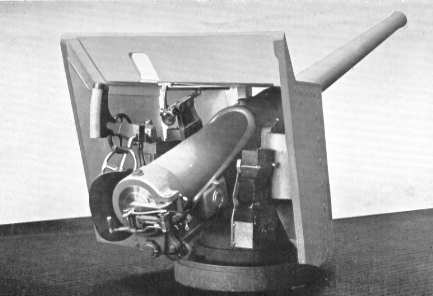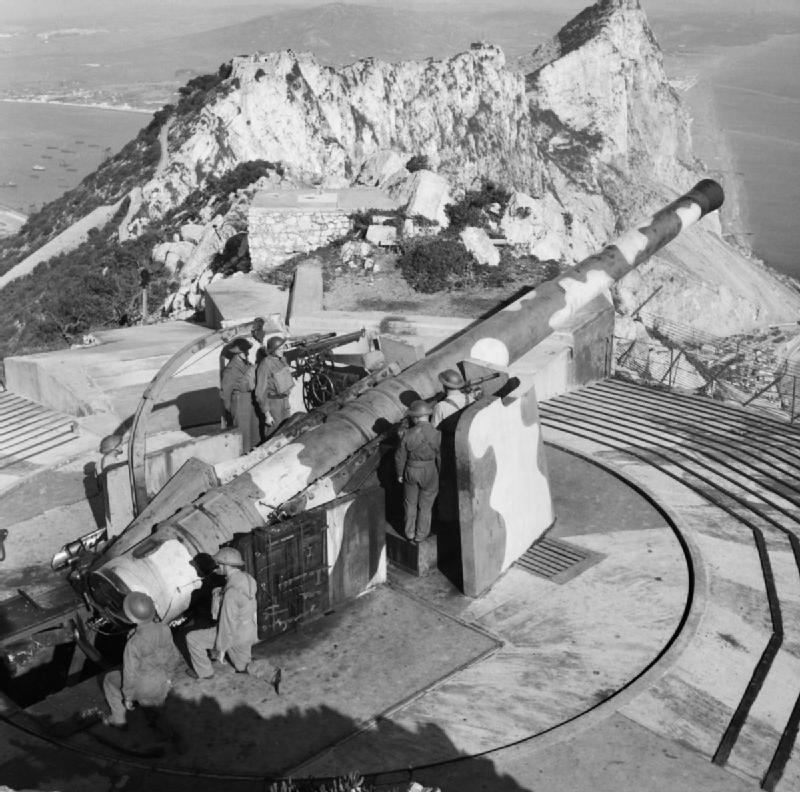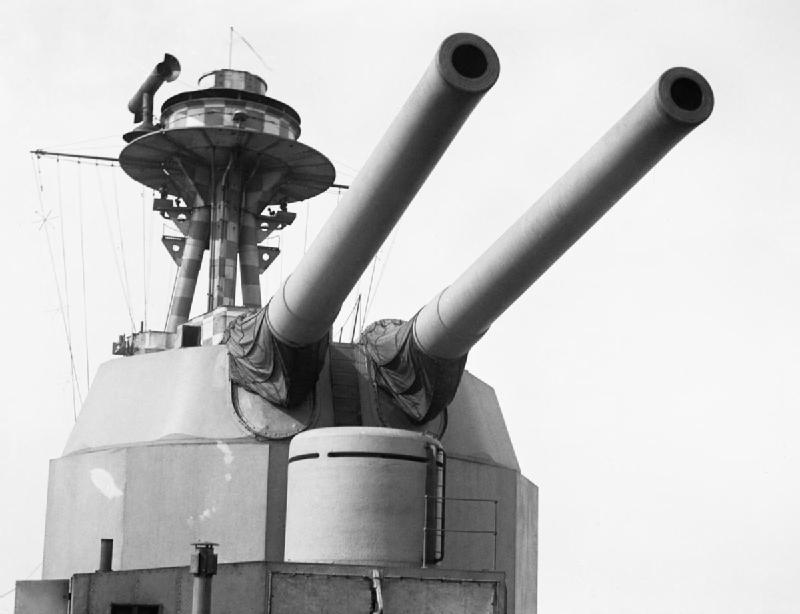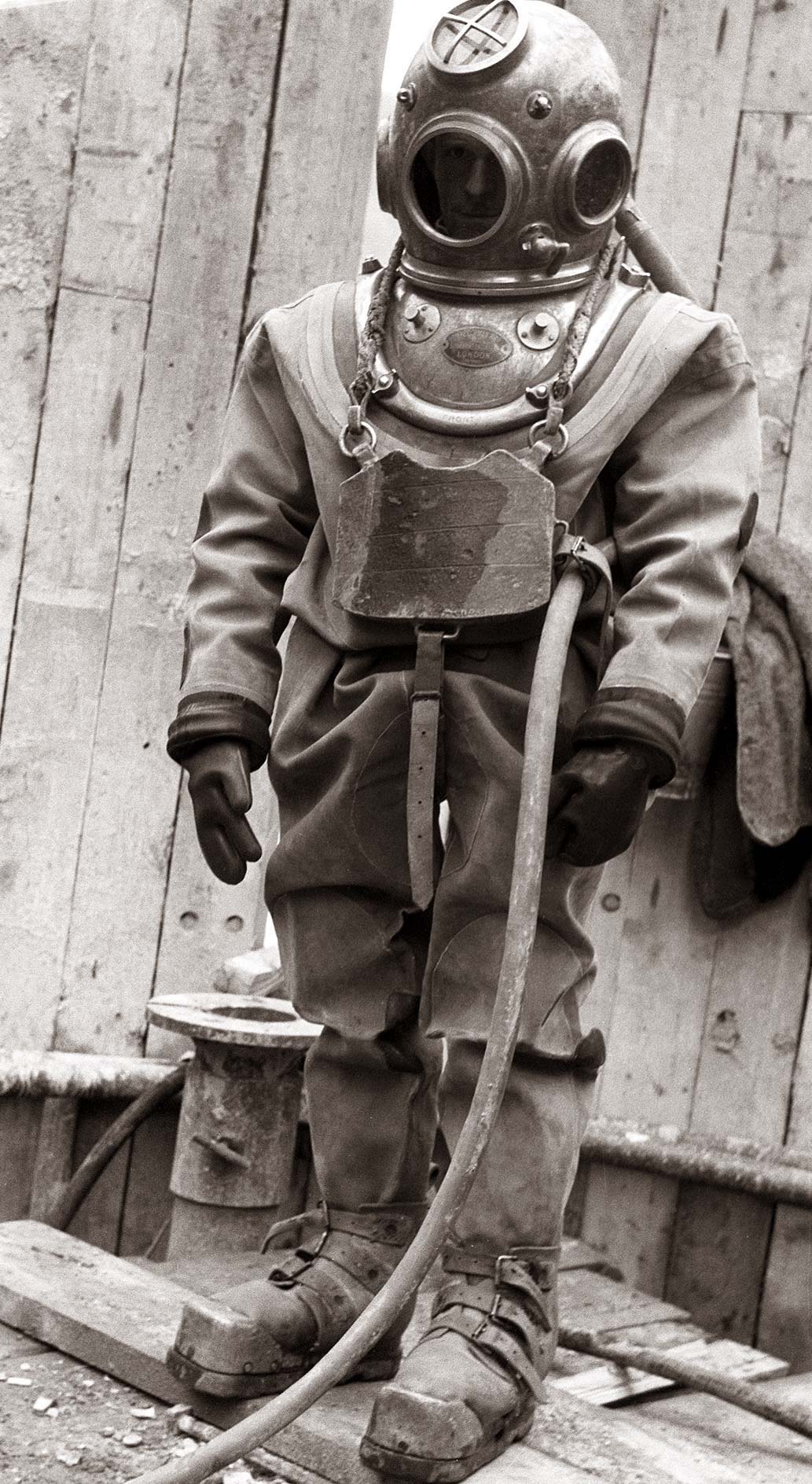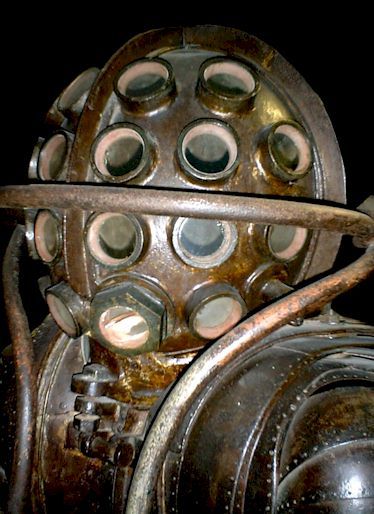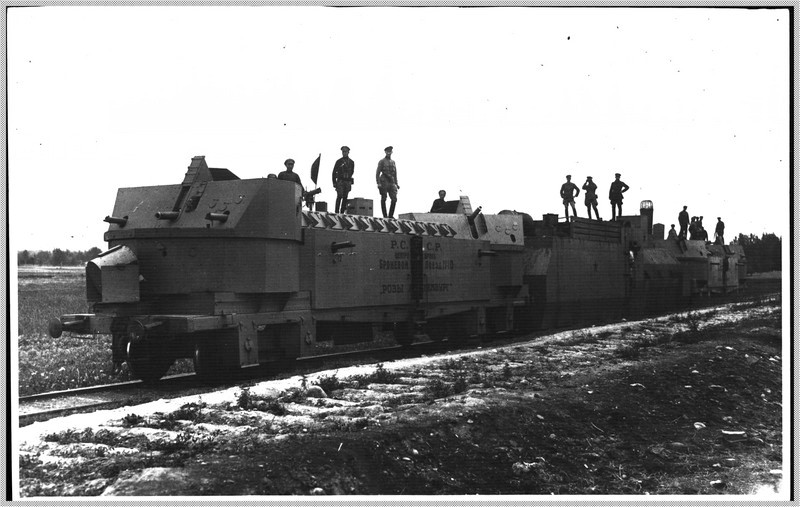BLK
ɪᴍᴘᴀᴄᴛ!
Resonance Character Sheets:
Raw Sheet:
Now, you may be confused after reading that Character Sheet without context. Once they're up, the information page and interest checks will explain all of that, however, if you'd like to get a head start on making some claims, here are the maps.

If you have any questions, please do not hesitate to message myself, Kazami42
, or
Kazami42
, or
 Fishman Lord
.
Fishman Lord
.
Currently Interested and Marked on Claims Map:
 Crumbli
Crumbli
 Petroshka
Petroshka
 Wandering Grim Hollow
Wandering Grim Hollow
 Fishman Lord
Fishman Lord
 Kersey
Kersey
 Shireling
Shireling
 Karcen
Karcen
 General Deth Glitch
General Deth Glitch
 Dominus Regum
Dominus Regum
 Ctc9592
Ctc9592
 Albion
Albion
 Am Vya
Am Vya
If I missed you it's totally not my fault. Tell me and you'll be added just so I look good.
Raw Sheet:
General
Name:
Flag:
Territory: What lands you hold (Claims Map)
Distinction: Magic, Technology, or a mix. (Just put magic, technology, or whatever combination you may be here.)
Military
Sort this as you please
National Information
Population: How many people live in your country
History: How your country became what it is
Government: How your country is run
Economic System:Leader: Who runs your country
Aspirations: What your nation seeks to achieve in the future
Geography
Significant Features: (Mountain ranges, rivers, swamps, etc.)
Demographics: What species and races live in your country?
Major Cities
Name: City name
Significance: Why the city is important
Population: How many people live in the city
Traits
Strengths (3): What makes your nation a force to be reckoned with? Please provide detail.
Weaknesses (3): What areas does your nation come up short? Please provide detail.
Other
Figures
Key Figure:
Name:
Age:
Race:
Profession:
Significance:
History:
Personality:
Significant Figures
Name:
Age:
Race:
Significance:
Name:
Flag:
Territory: What lands you hold (Claims Map)
Distinction: Magic, Technology, or a mix. (Just put magic, technology, or whatever combination you may be here.)
Military
Sort this as you please
National Information
Population: How many people live in your country
History: How your country became what it is
Government: How your country is run
Economic System:Leader: Who runs your country
Aspirations: What your nation seeks to achieve in the future
Geography
Significant Features: (Mountain ranges, rivers, swamps, etc.)
Demographics: What species and races live in your country?
Major Cities
Name: City name
Significance: Why the city is important
Population: How many people live in the city
Traits
Strengths (3): What makes your nation a force to be reckoned with? Please provide detail.
Weaknesses (3): What areas does your nation come up short? Please provide detail.
Other
Figures
Key Figure:
Name:
Age:
Race:
Profession:
Significance:
History:
Personality:
Significant Figures
Name:
Age:
Race:
Significance:
Now, you may be confused after reading that Character Sheet without context. Once they're up, the information page and interest checks will explain all of that, however, if you'd like to get a head start on making some claims, here are the maps.


If you have any questions, please do not hesitate to message myself,
Currently Interested and Marked on Claims Map:
If I missed you it's totally not my fault. Tell me and you'll be added just so I look good.
Last edited:












